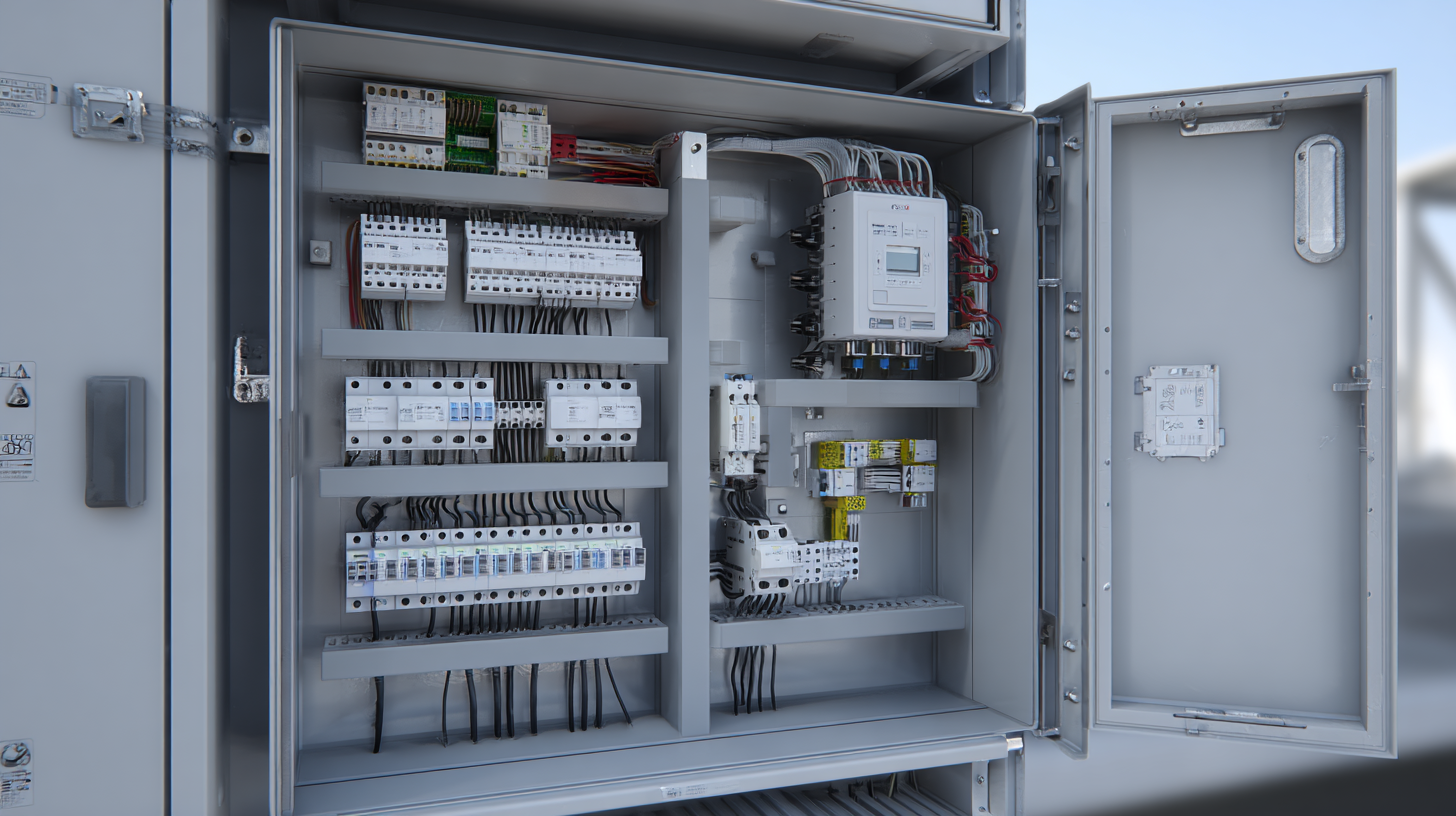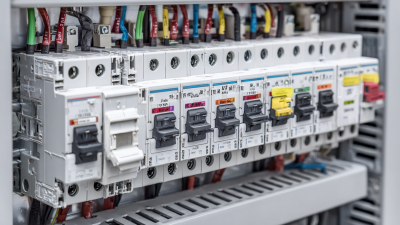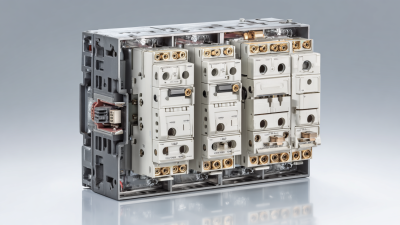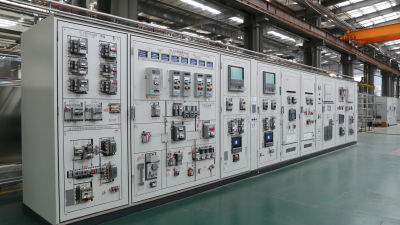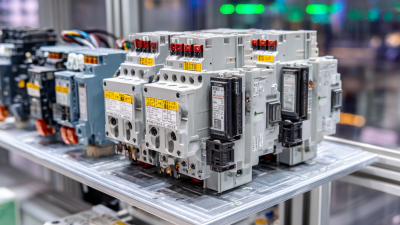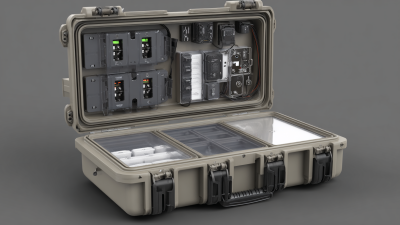Understanding the Role of Distribution Box in Modern Electrical Systems
In today's rapidly evolving electrical landscape, the
Distribution Box plays a
crucial role in ensuring the safe and efficient management of electrical circuits within
buildings and infrastructure. According to a report by MarketsandMarkets, the global
electrical distribution equipment market is projected to
reach USD 140.29 billion by 2025, growing at a CAGR of 5.8% from
2020. This substantial growth underscores the importance of reliable distribution systems
in modern electrical engineering practices. The Distribution Box, often referred to as a
panel board or distribution board, serves as the central hub for distributing electricity
to various circuits, thereby enhancing electrical safety and operational efficiency. As we
delve into its components, functionalities, and best practices, we will gain a comprehensive
understanding of how the Distribution Box
is integral to the design and maintenance of contemporary electrical systems, making it a
vital topic for both professionals and enthusiasts in the field.
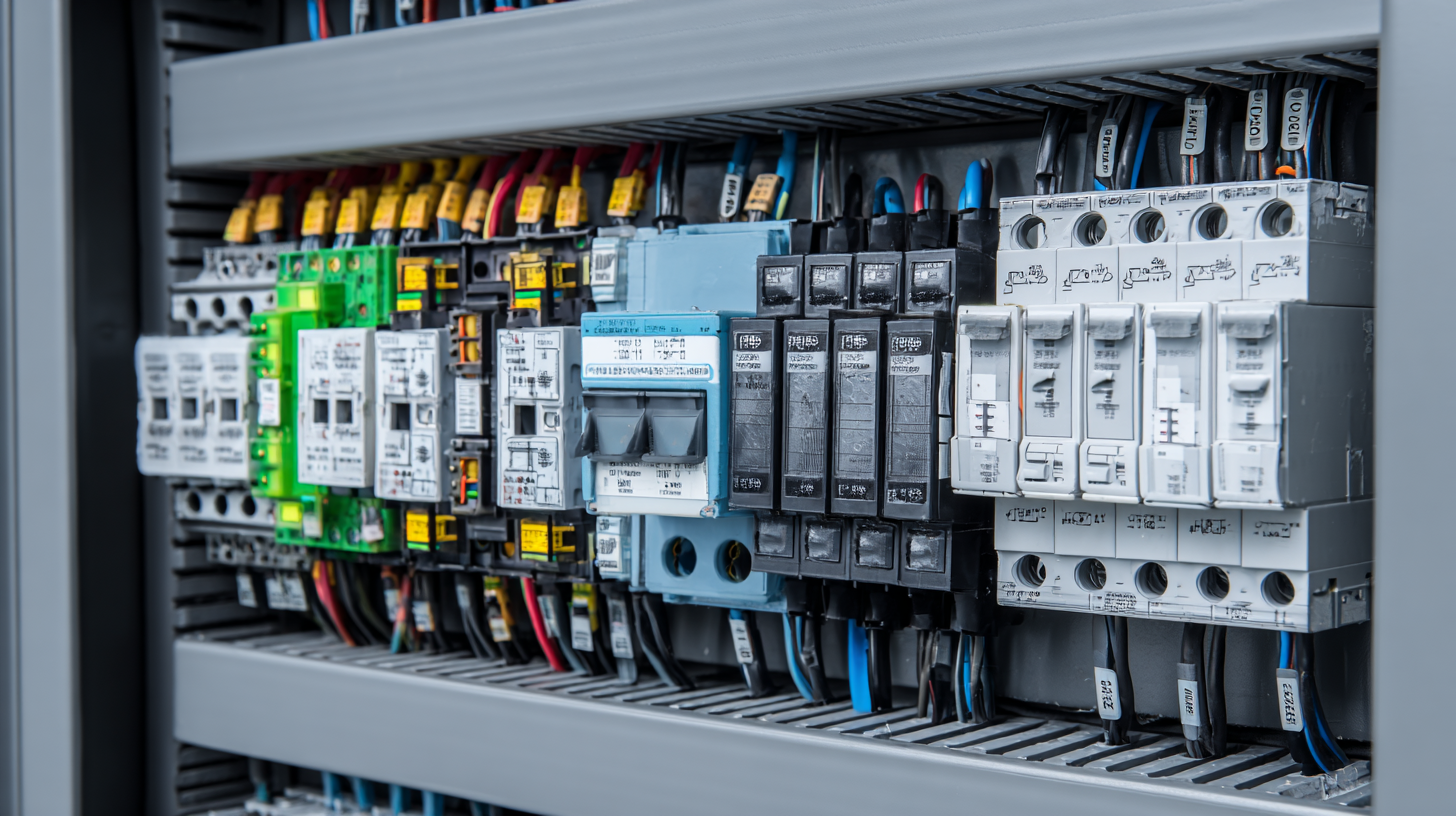
The Evolution of Distribution Boxes: From Traditional to Modern Alternatives
The evolution of distribution boxes has significantly transformed modern electrical systems, reflecting both technological advancements and changing safety standards. Historically, traditional distribution boxes, often characterized by their relatively simplistic design and materials, were sufficient for basic power distribution needs. However, as electrical demands increased with the proliferation of residential and commercial technologies, these conventional systems began to show their limitations. According to a recent report by the International Electrotechnical Commission (IEC), roughly 70% of electrical failures in facilities can be traced back to outdated or inadequate distribution systems.
In response to these challenges, modern alternatives to traditional distribution boxes now incorporate advanced materials and smart technology features. Innovations such as modular designs and integrated circuit protection have enhanced safety and efficiency. The market for digital distribution boxes is projected to grow at a compound annual growth rate (CAGR) of 5.5% from 2022 to 2028, driven by the increasing adoption of smart grids and the need for more reliable energy management solutions. This evolution is not just about improving performance; it also focuses on sustainability, with many manufacturers now prioritizing eco-friendly materials and energy-efficient designs to meet the rising demand for greener electrical systems.
Exploring the Benefits of Modular Distribution Boxes in Flexible Electrical Systems
Understanding the role of distribution boxes in modern electrical systems is becoming increasingly important, especially as we transition to more flexible and energy-efficient solutions. Modular distribution boxes offer significant benefits, such as ease of installation and adaptability to various power requirements. These systems streamline design processes, allowing for faster assembly and adjustments as electrical needs evolve.
Tips for optimizing your electrical system with modular distribution boxes include assessing current and projected power demands to ensure the distribution box can accommodate future expansions. Additionally, consider integrating digital intelligence tools for diagnostics, which can enhance the reliability of your electrical distribution assets and prevent downtime.
As industries increasingly prioritize renewable energy, the demand for efficient modular wiring systems will only grow. With a focus on sustainability and operational flexibility, embracing these advanced distribution solutions can significantly enhance energy management across various applications, from data centers to commercial buildings.
Benefits of Modular Distribution Boxes in Modern Electrical Systems
This chart illustrates the key benefits of modular distribution boxes in modern electrical systems, highlighting aspects such as cost efficiency, flexibility, ease of maintenance, safety, and scalability. Each category represents a percentage score based on overall advantages observed in various electrical system implementations.
Comparative Analysis: Standard Distribution Boxes vs. Smart Distribution Solutions
In today's rapidly evolving electrical landscape, the choice between standard distribution boxes and smart distribution solutions has significant implications for efficiency and safety. Standard distribution boxes have long served as the backbone of electrical systems, offering straightforward functionality with limited monitoring capabilities. They effectively manage the distribution of electricity but often do not provide real-time data about power usage or system operations.
On the other hand, smart distribution solutions are increasingly becoming the norm due to their advanced features. These systems integrate technology that allows for remote monitoring and control, energy management, and enhanced safety protocols. Users can access data via mobile applications, enabling them to analyze power consumption patterns and identify potential issues before they escalate.
Tip: When choosing a distribution box, assess your specific needs and future scalability. Smart solutions may require a higher initial investment, but they often lead to long-term savings through improved energy efficiency and automation. Also, consider the ease of integration with existing systems to ensure a smooth transition to modern electrical management.
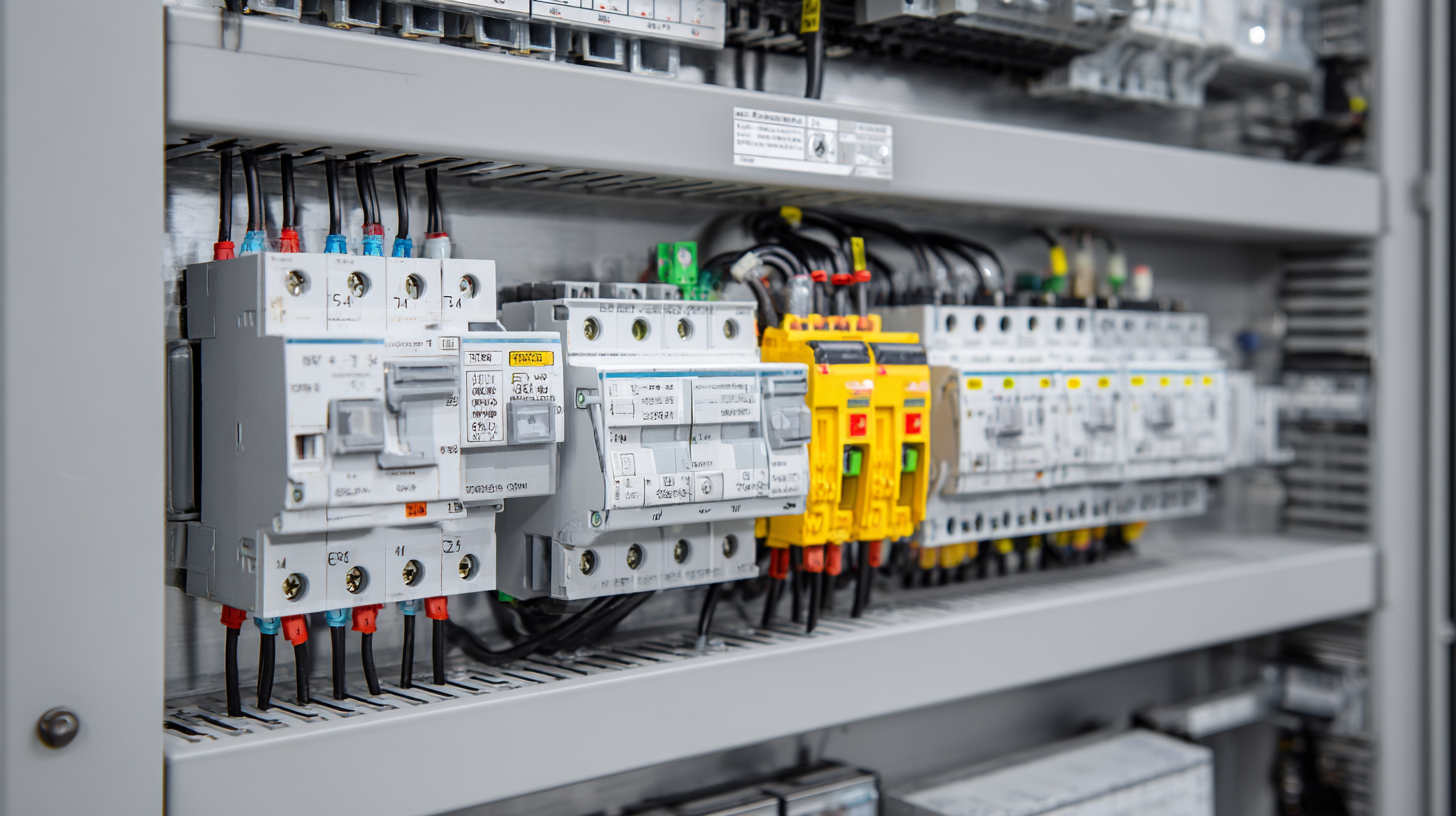
Enhancing Safety and Efficiency: The Role of Alternative Materials in Distribution Boxes
In modern electrical systems, the distribution box serves as a crucial hub, managing the flow of electrical power safely and efficiently. Traditionally, these boxes were constructed from metal materials that, while robust, posed challenges such as corrosion and increased weight. However, the advent of alternative materials has revolutionized the design and functionality of distribution boxes, enhancing both safety and efficiency. Composite materials, for example, offer excellent insulation properties and resistance to environmental factors, thereby reducing the overall risk of electrical hazards.
Additionally, the integration of lightweight and durable materials allows for easier installation and maintenance of distribution boxes. Engineers can now design more compact systems without compromising on strength or safety. The use of polycarbonate and fiberglass has become increasingly popular, enabling manufacturers to create boxes that withstand extreme conditions while remaining cost-effective. This shift not only ensures compliance with stringent safety regulations but also optimizes energy distribution, leading to improved overall performance of modern electrical systems. By leveraging these innovative materials, the industry is moving towards a future that prioritizes both functionality and safety in electrical distribution.
Understanding the Role of Distribution Box in Modern Electrical Systems - Enhancing Safety and Efficiency: The Role of Alternative Materials in Distribution Boxes
| Material Type |
Benefits |
Safety Features |
Efficiency Enhancements |
Cost per Unit |
| Polycarbonate |
High impact resistance, lightweight |
Flame retardant properties |
Improves thermal efficiency |
$15 |
| Fiberglass |
Corrosion resistant, durable |
Non-combustible |
Excellent thermal insulation |
$20 |
| Stainless Steel |
High strength and longevity |
Robust against external hazards |
High reliability in severe conditions |
$25 |
| Aluminum |
Lightweight, good conductivity |
Anodized for enhanced safety |
Reduces energy loss |
$18 |
Case Studies: Successful Implementations of Alternative Distribution Box Designs
The role of the distribution box within modern electrical systems is crucial, as it serves as the central hub for electrical distribution in residential and commercial buildings. Various innovative designs have emerged, showcasing how alternative distribution box configurations can enhance both functionality and safety. One prominent case study involves a smart distribution box that integrates IoT technology. This design incorporates real-time monitoring capabilities, allowing users to track energy consumption and detect potential faults immediately. By implementing such systems, facility managers can significantly improve energy efficiency and reduce the risk of electrical fires.
Another exemplary case is the use of modular distribution boxes in a large-scale commercial project. These boxes are designed to be easily expandable and customizable, which allows for seamless upgrades as the electrical demands of the building evolve. This flexibility is particularly beneficial in dynamic environments such as co-working spaces, where tenant needs frequently change. The successful execution of this modular design demonstrates its cost-effectiveness and adaptability, paving the way for broader adoption in future electrical installations.

Home
About Us
Products
Terminal Power Distribution Electric
AC Miniature Circuit Breaker
 BY06H-125 MCB 10-15KA Miniature Circuit Breaker
BY06H-125 MCB 10-15KA Miniature Circuit Breaker
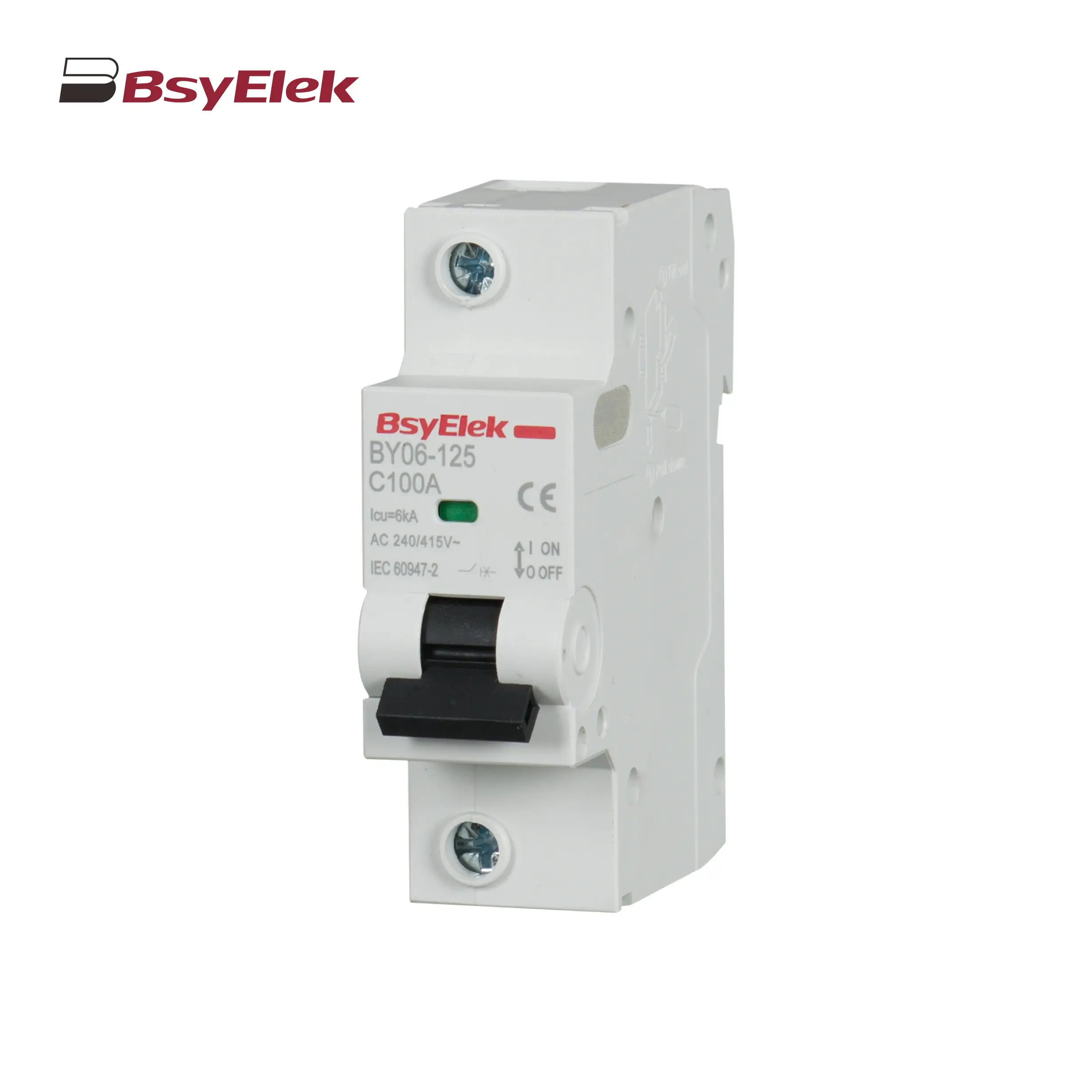 BY06-125 MCB 6KA Miniature Circuit Breaker
BY06-125 MCB 6KA Miniature Circuit Breaker
 BY05H-40 MCB Single Modular 6KA Miniature Circuit Breaker
BY05H-40 MCB Single Modular 6KA Miniature Circuit Breaker
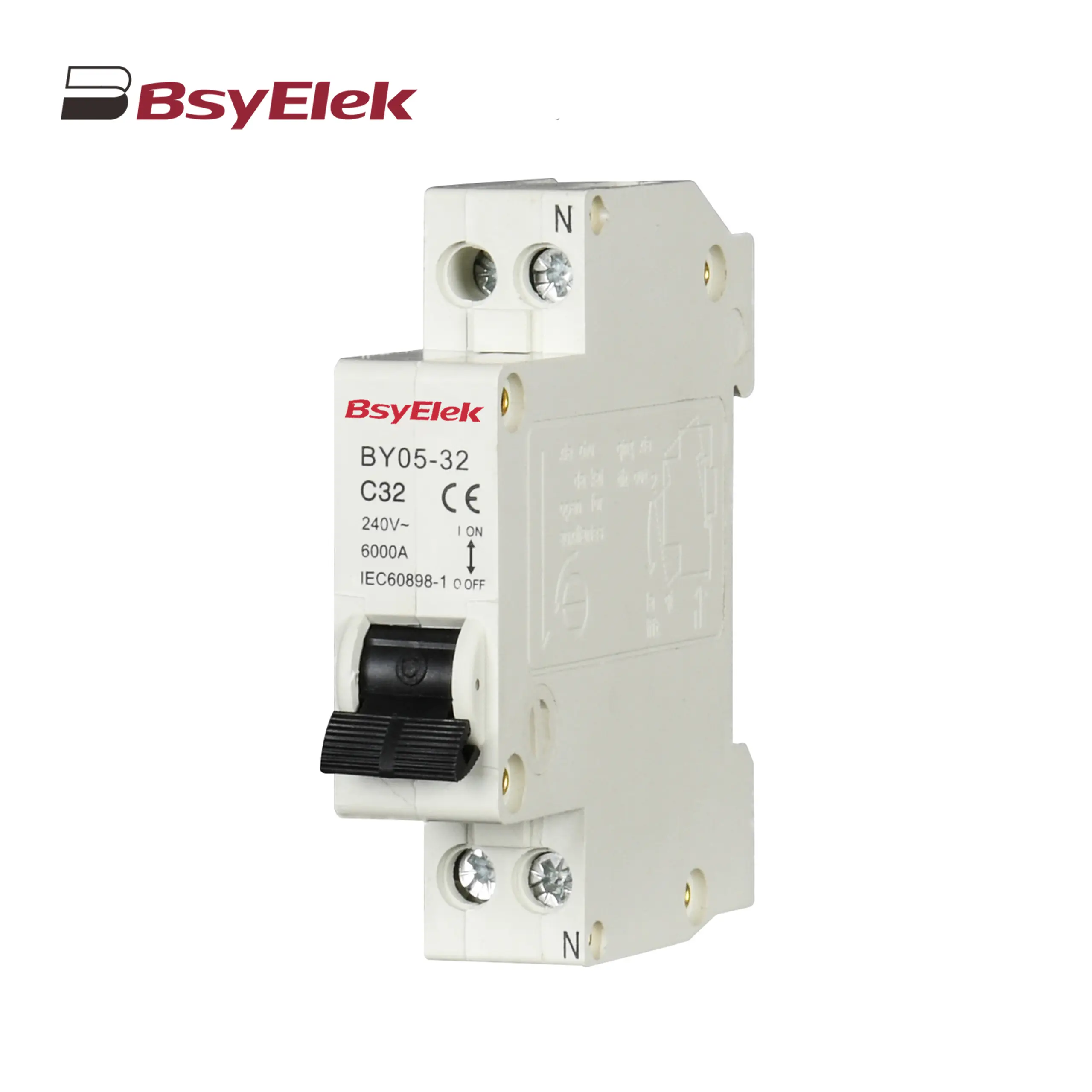 BY05-32 MCB Single Modular 3KA Miniature Circuit Breaker
BY05-32 MCB Single Modular 3KA Miniature Circuit Breaker
 BY04-63 MCB 6-10KA Miniature Circuit Breaker
BY04-63 MCB 6-10KA Miniature Circuit Breaker
 BY03H-63 MCB 6KA Miniature Circuit Breaker
BY03H-63 MCB 6KA Miniature Circuit Breaker
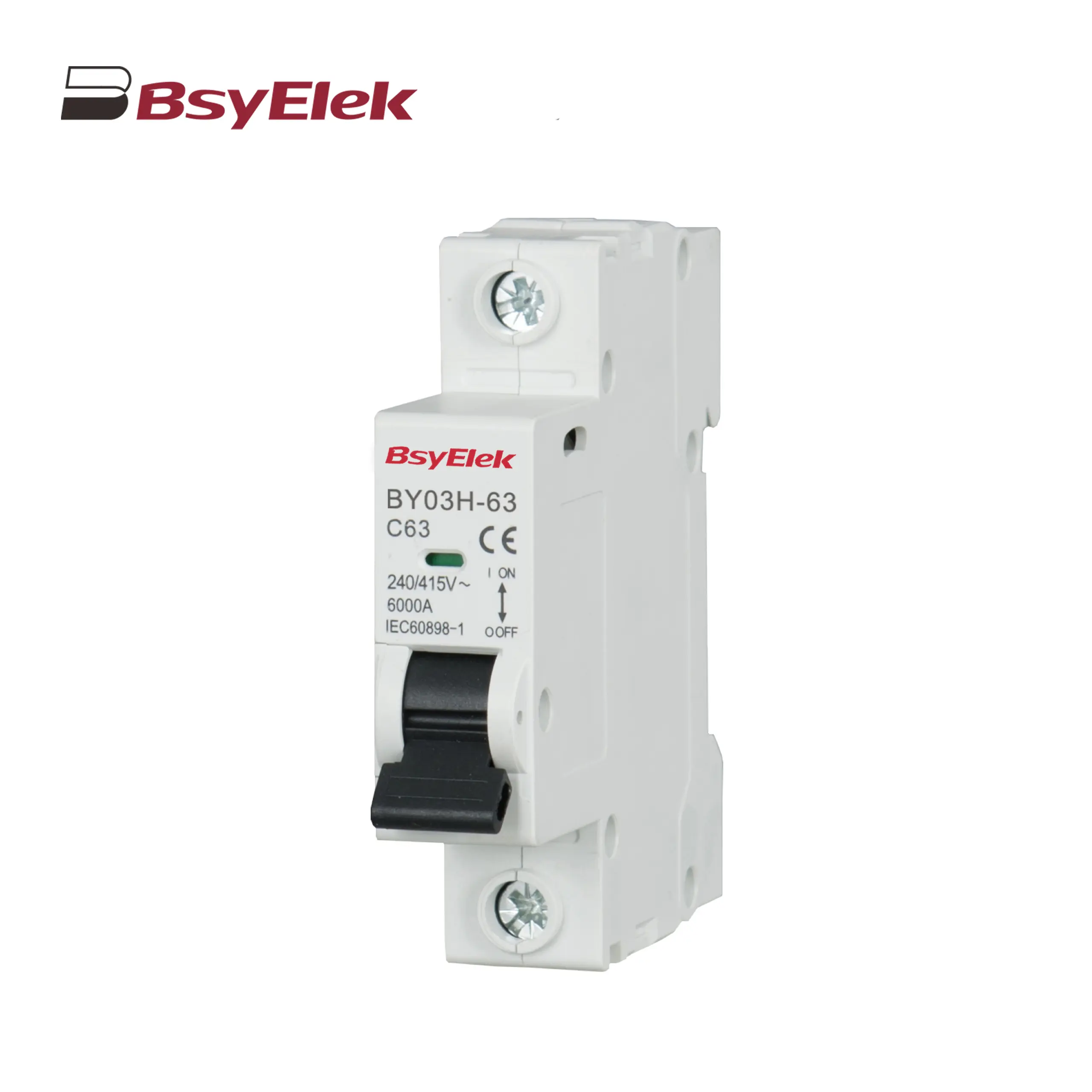 BY03-63 MCB 4.5KA Miniature Circuit Breaker
BY03-63 MCB 4.5KA Miniature Circuit Breaker
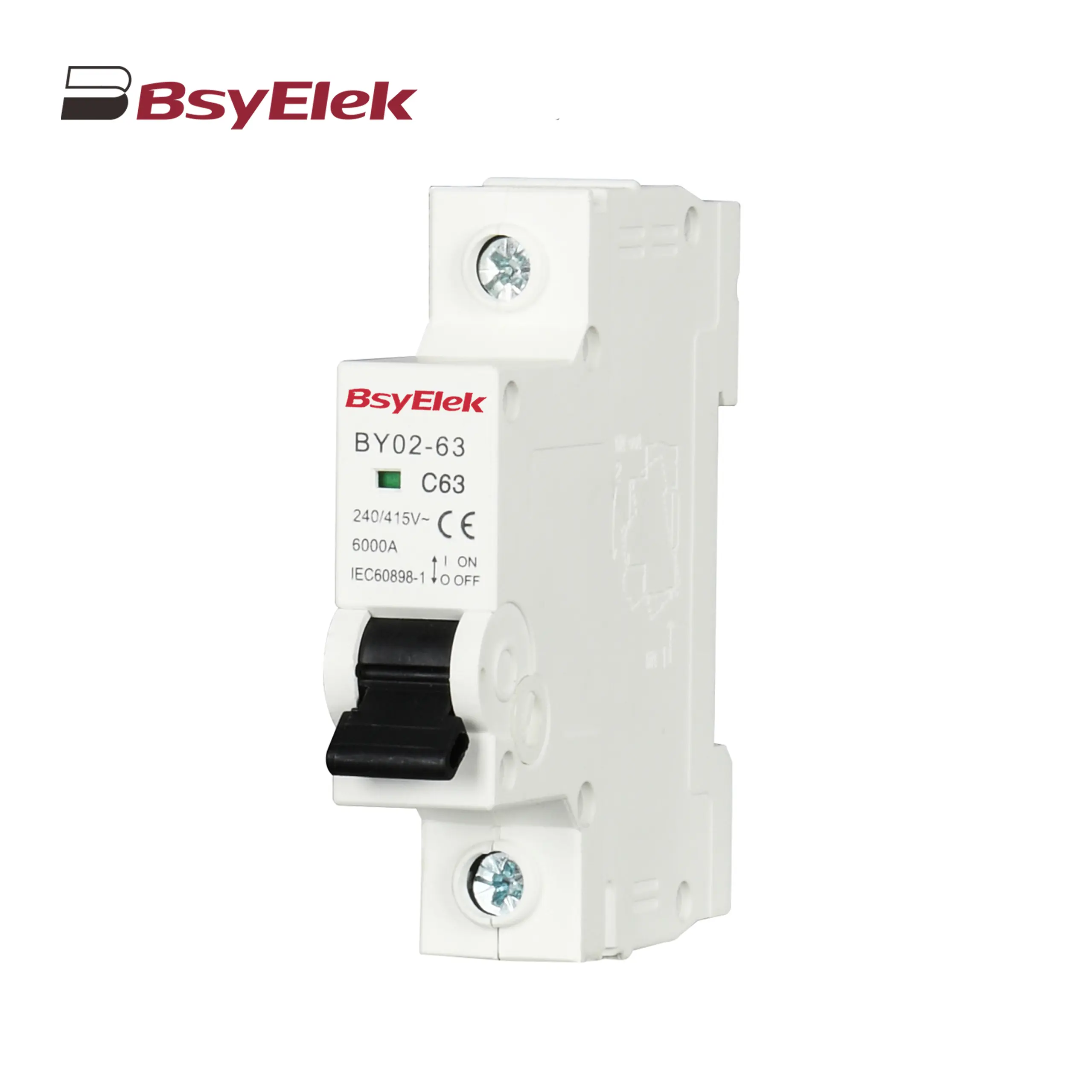 BY02-63 MCB 3kA Miniature Circuit Breaker
BY02-63 MCB 3kA Miniature Circuit Breaker
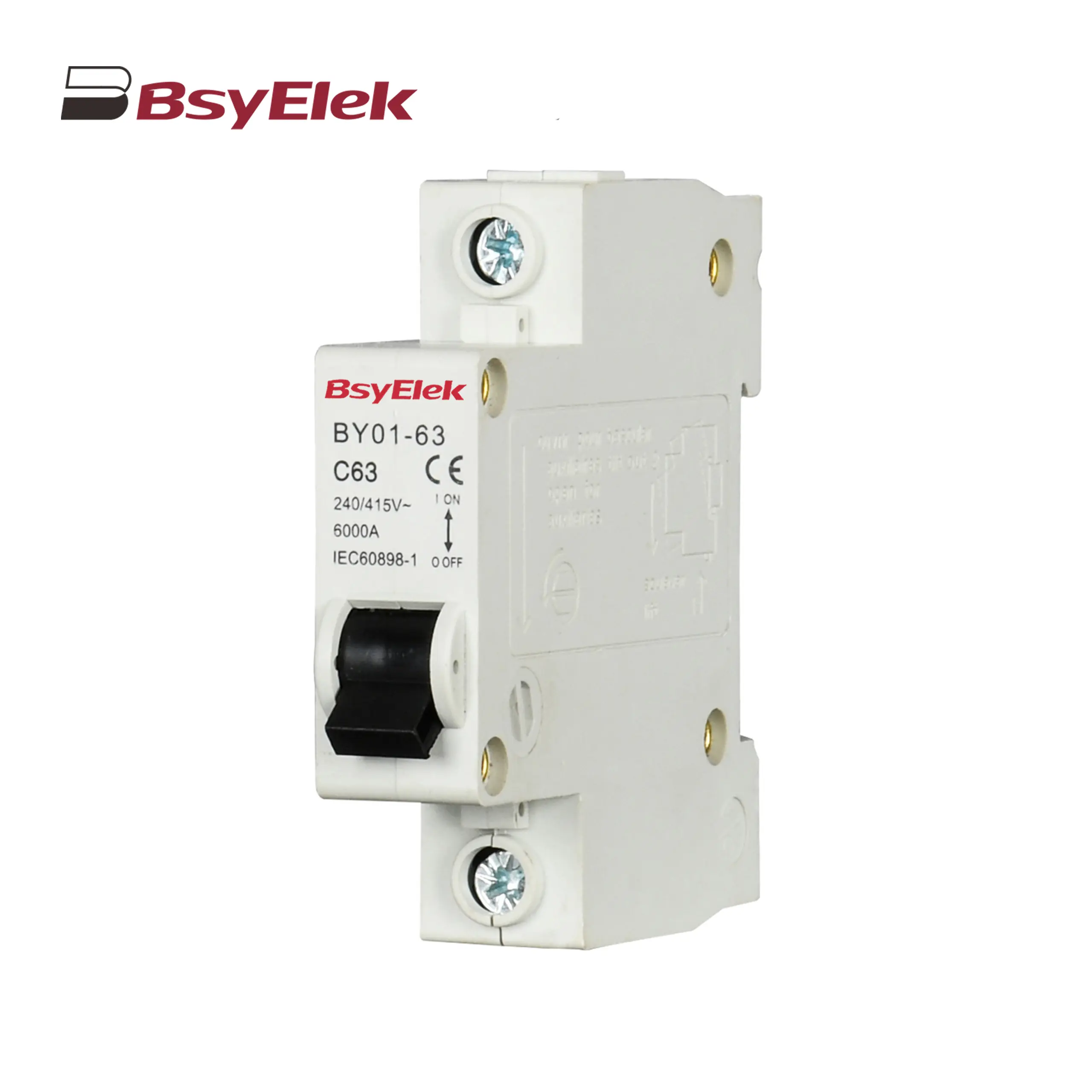 BY01-63 MCB 3kA Miniature Circuit Breaker
BY01-63 MCB 3kA Miniature Circuit Breaker
MCB Accessories
Main Switch
RCBO RCCB
 BY07L-63 RCCB 6KA Residual Current Circuit Breaker
BY07L-63 RCCB 6KA Residual Current Circuit Breaker
 BY05HL-40 RCBO 6KA Residual Current Circuit Breaker with Over-current Protection
BY05HL-40 RCBO 6KA Residual Current Circuit Breaker with Over-current Protection
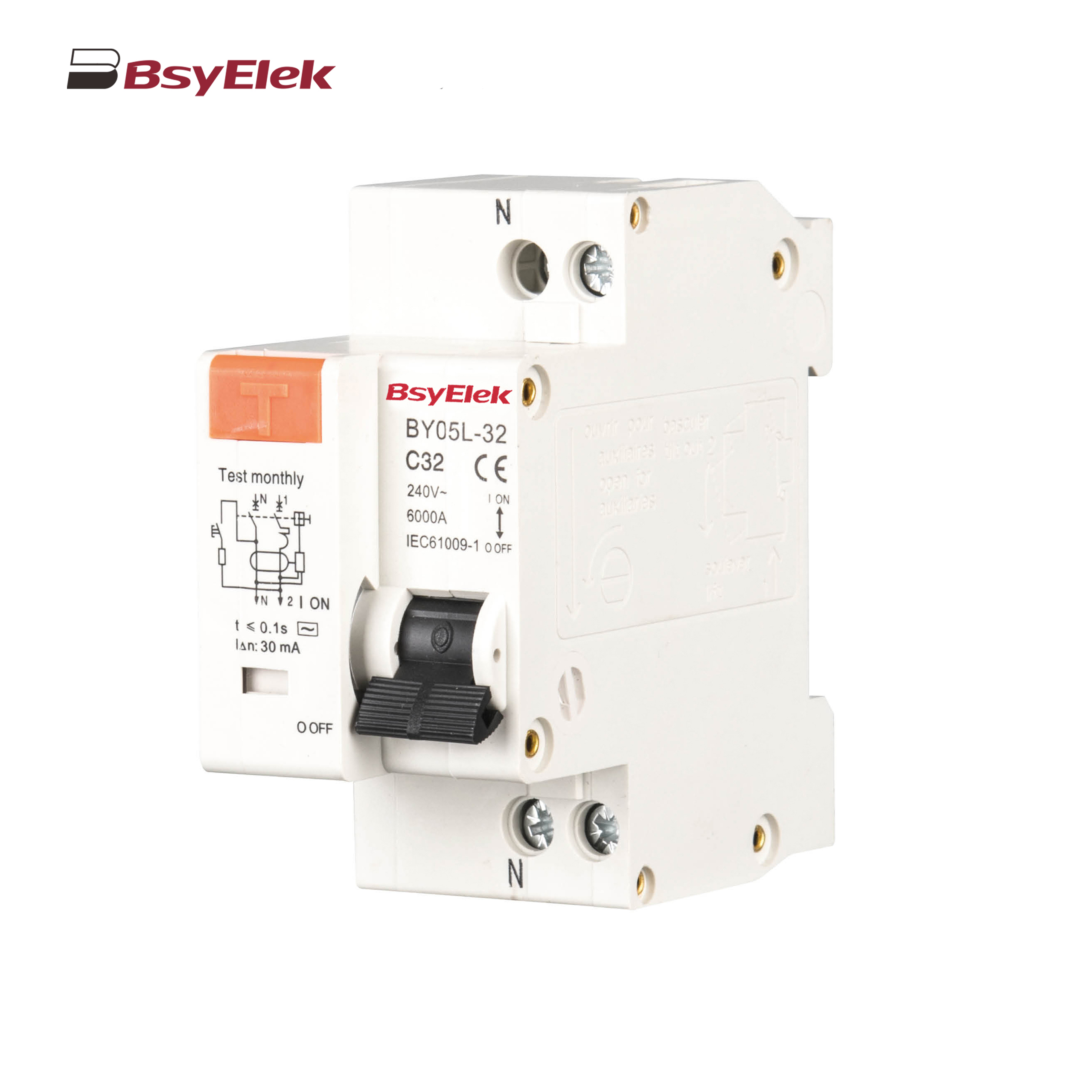 BY05L-32 RCBO 3KA Residual Current Circuit Breaker with Over-current Protection
BY05L-32 RCBO 3KA Residual Current Circuit Breaker with Over-current Protection
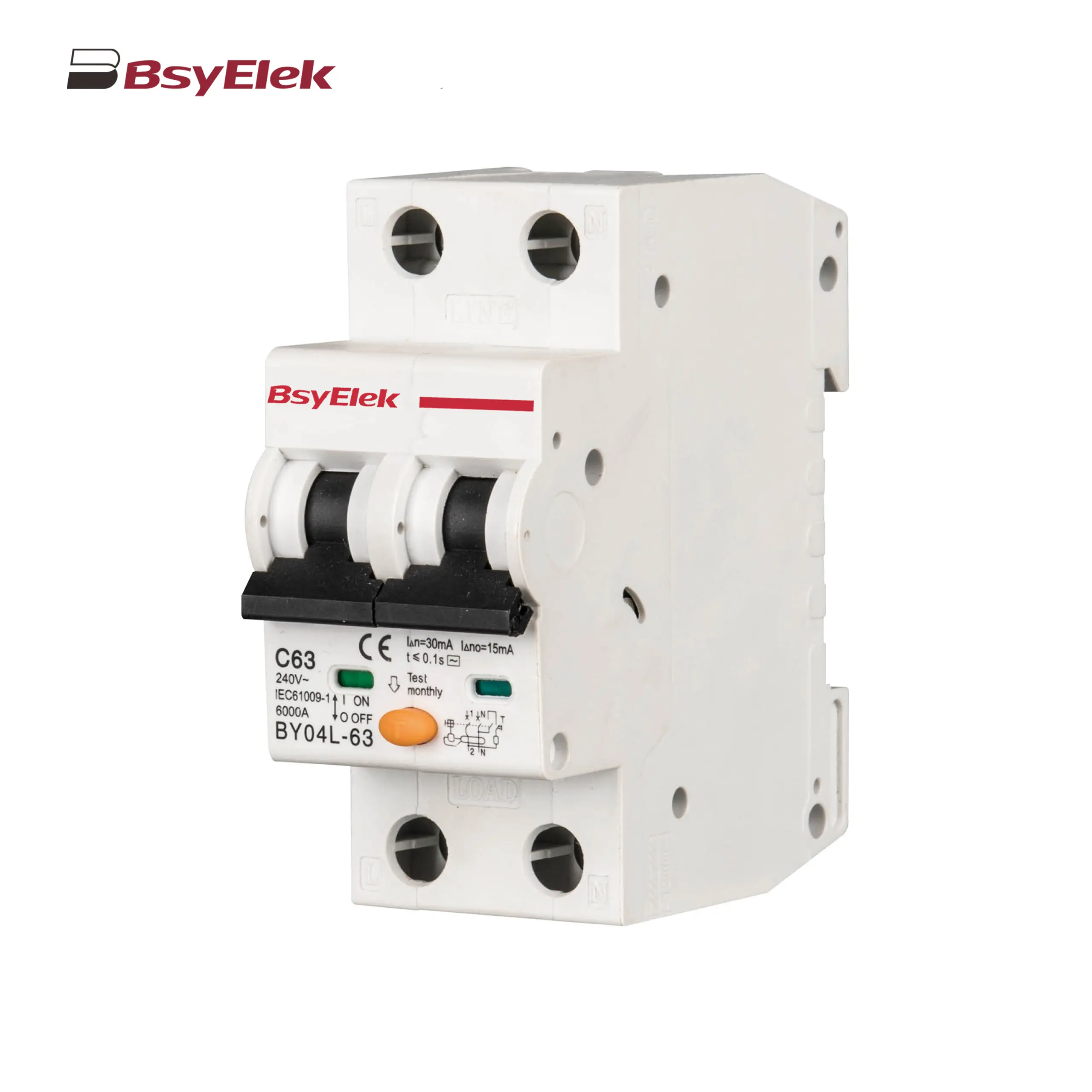 BY04L-63 RCBO 6KA Residual Current Circuit Breaker with Over-current Protection
BY04L-63 RCBO 6KA Residual Current Circuit Breaker with Over-current Protection
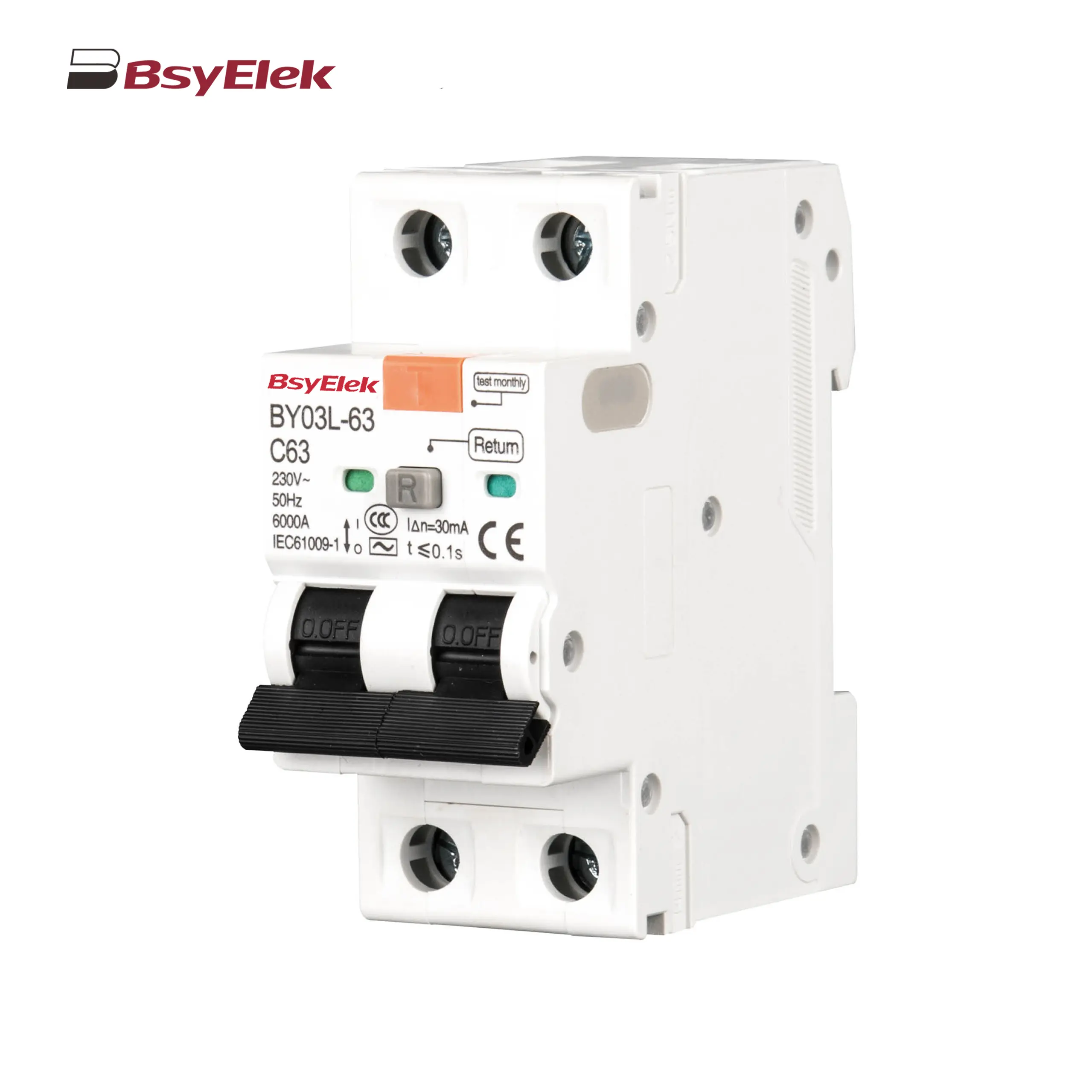 BY03L-63 RCBO 4.5KA Residual Current Circuit Breaker with Over-current Protection
BY03L-63 RCBO 4.5KA Residual Current Circuit Breaker with Over-current Protection
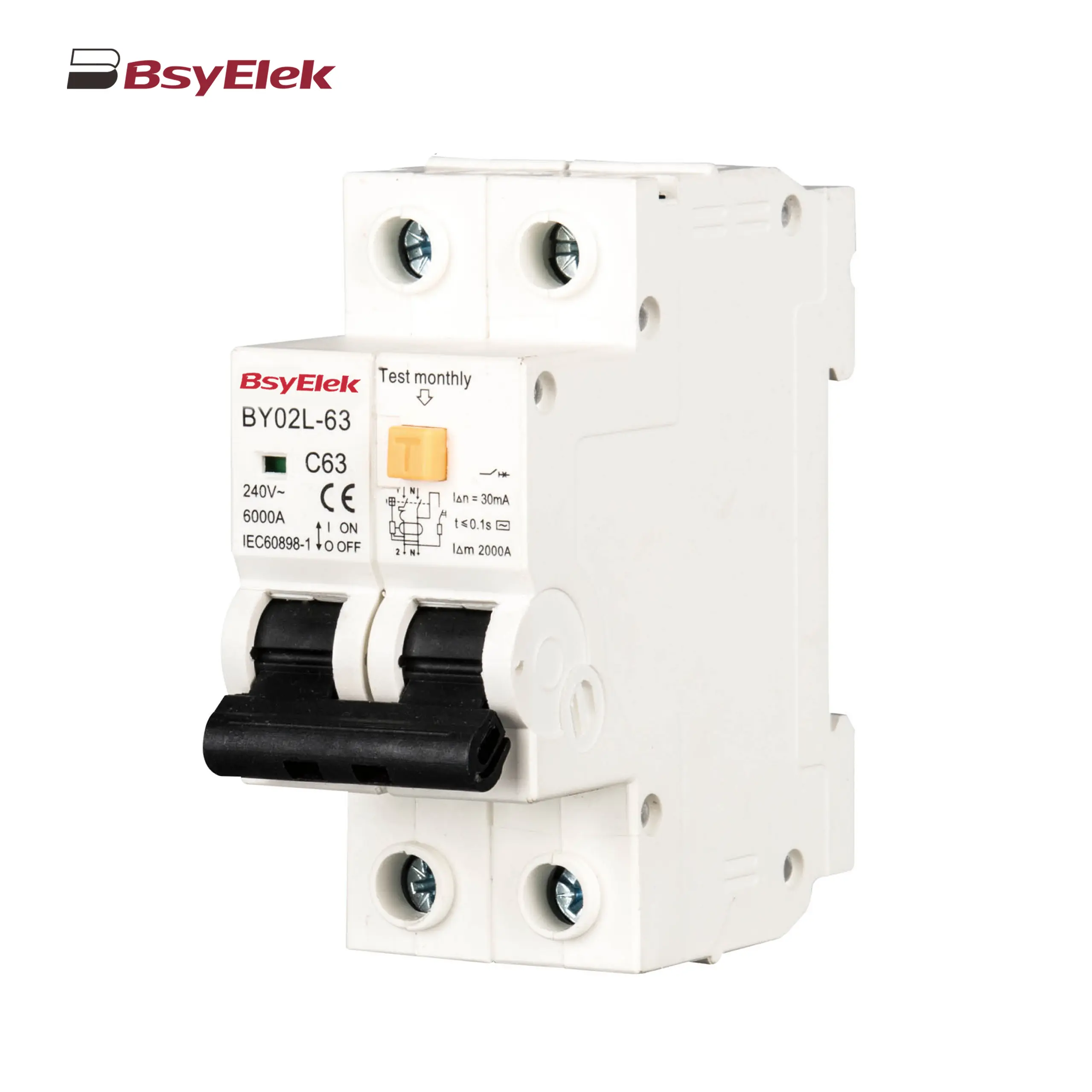 BY02L-63 RCBO 3KA Residual Current Circuit Breaker with Over-current Protection
BY02L-63 RCBO 3KA Residual Current Circuit Breaker with Over-current Protection
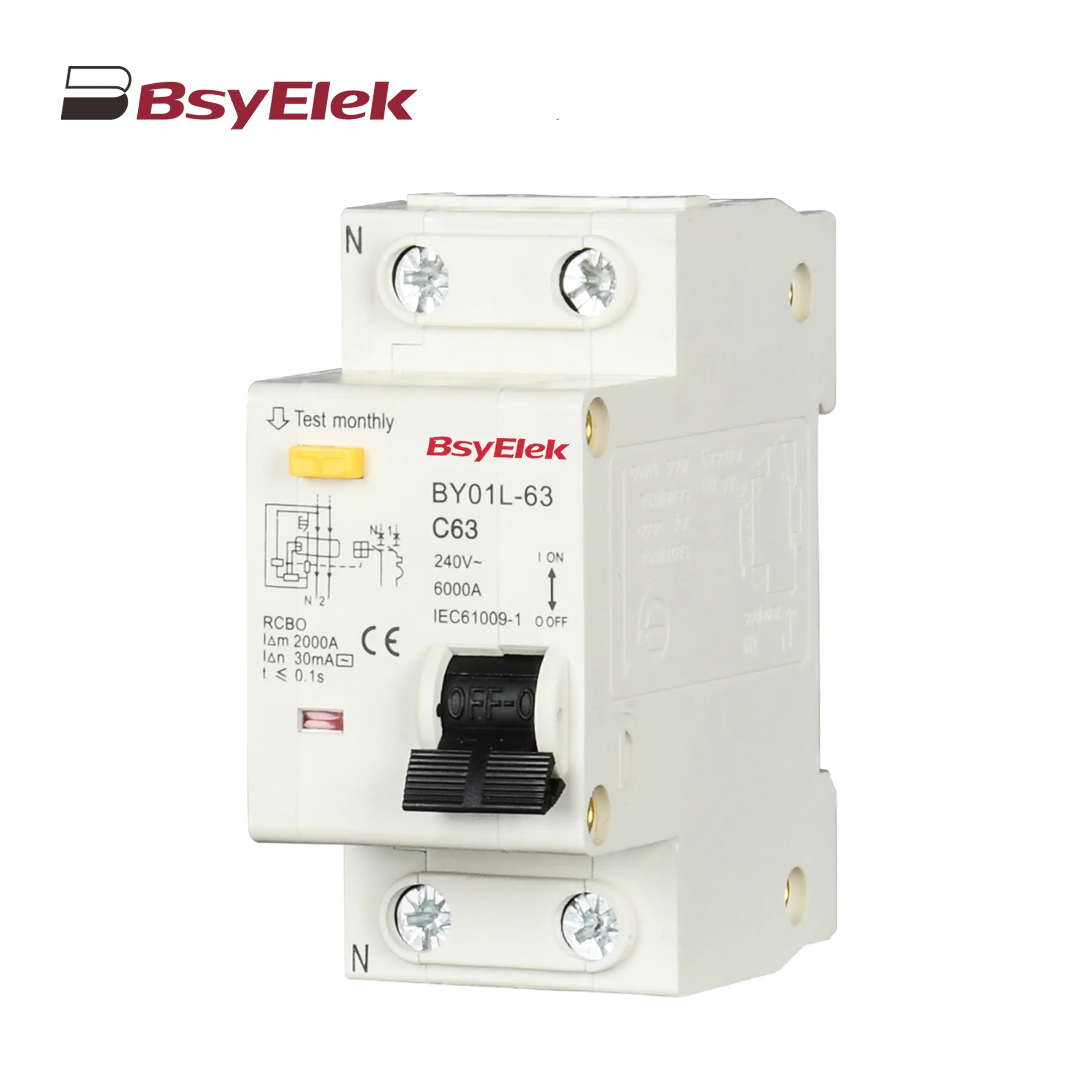 BY01L-63 RCBO 1P+N 3KA Residual Current Circuit Breaker with Over-current Protection
BY01L-63 RCBO 1P+N 3KA Residual Current Circuit Breaker with Over-current Protection
Resettable Overvoltage and Undervoltage Protector
AC Contactor
AC Surge Protective Device
Changeover Switch
Photovoltaic System Protection
DC Miniature Circuit Breaker
 BY06H-125DC MCB 10-15kA DC Miniature Circuit Breaker
BY06H-125DC MCB 10-15kA DC Miniature Circuit Breaker
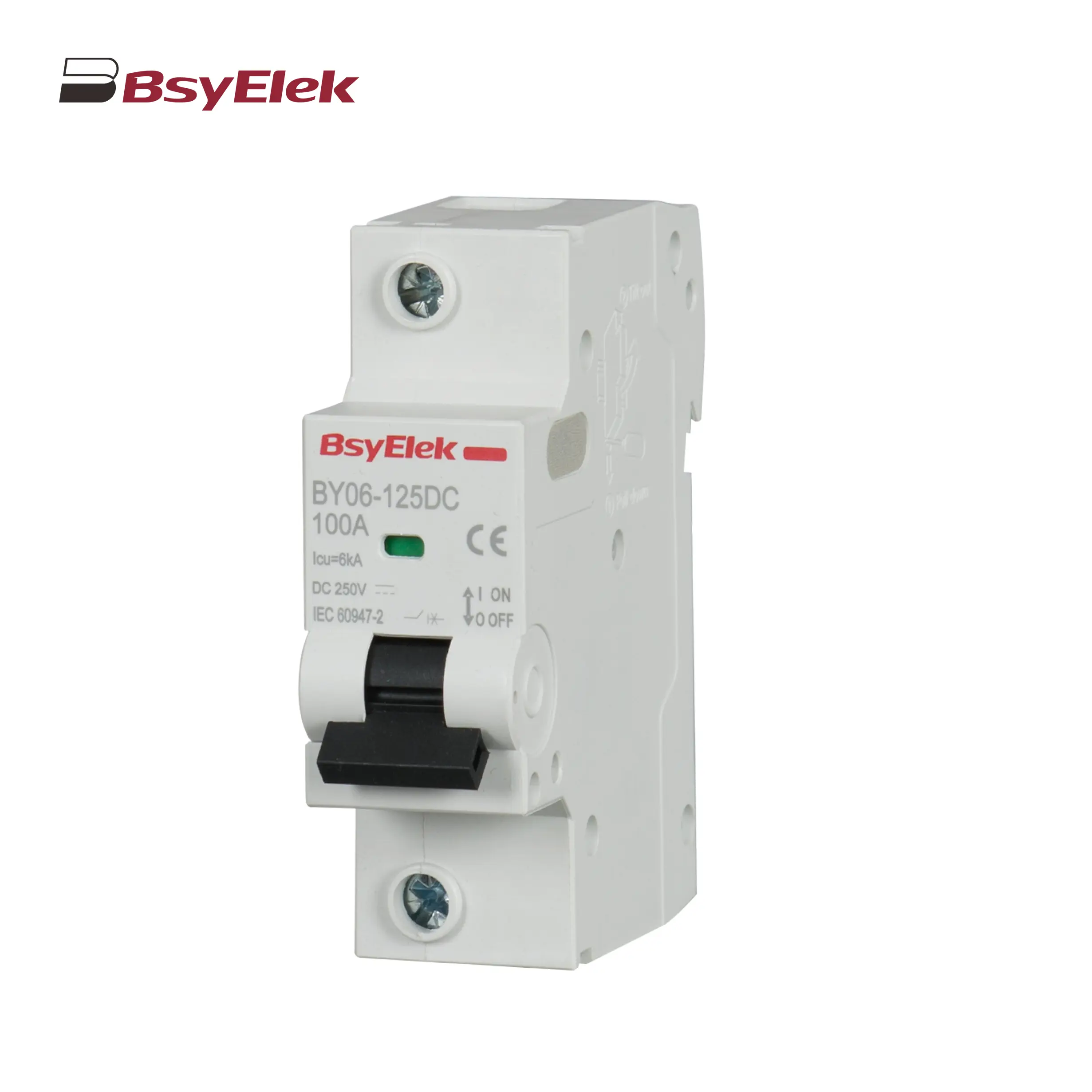 BY06-125DC MCB 6kA DC Miniature Circuit Breaker
BY06-125DC MCB 6kA DC Miniature Circuit Breaker
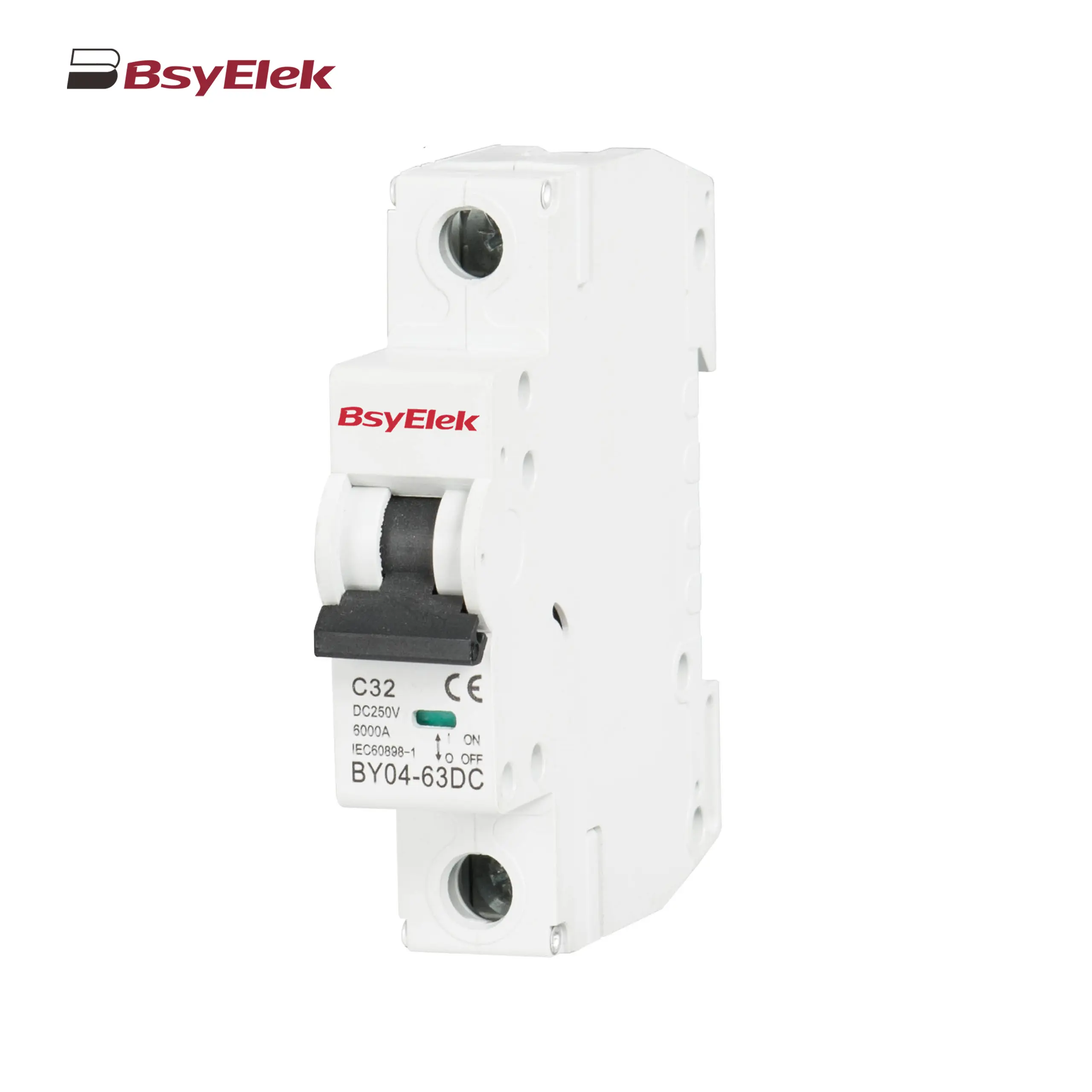 BY04-63DC MCB 6-10kA DC Miniature Circuit Breaker
BY04-63DC MCB 6-10kA DC Miniature Circuit Breaker
 BY03H-63DC MCB 6kA DC Miniature Circuit Breaker
BY03H-63DC MCB 6kA DC Miniature Circuit Breaker
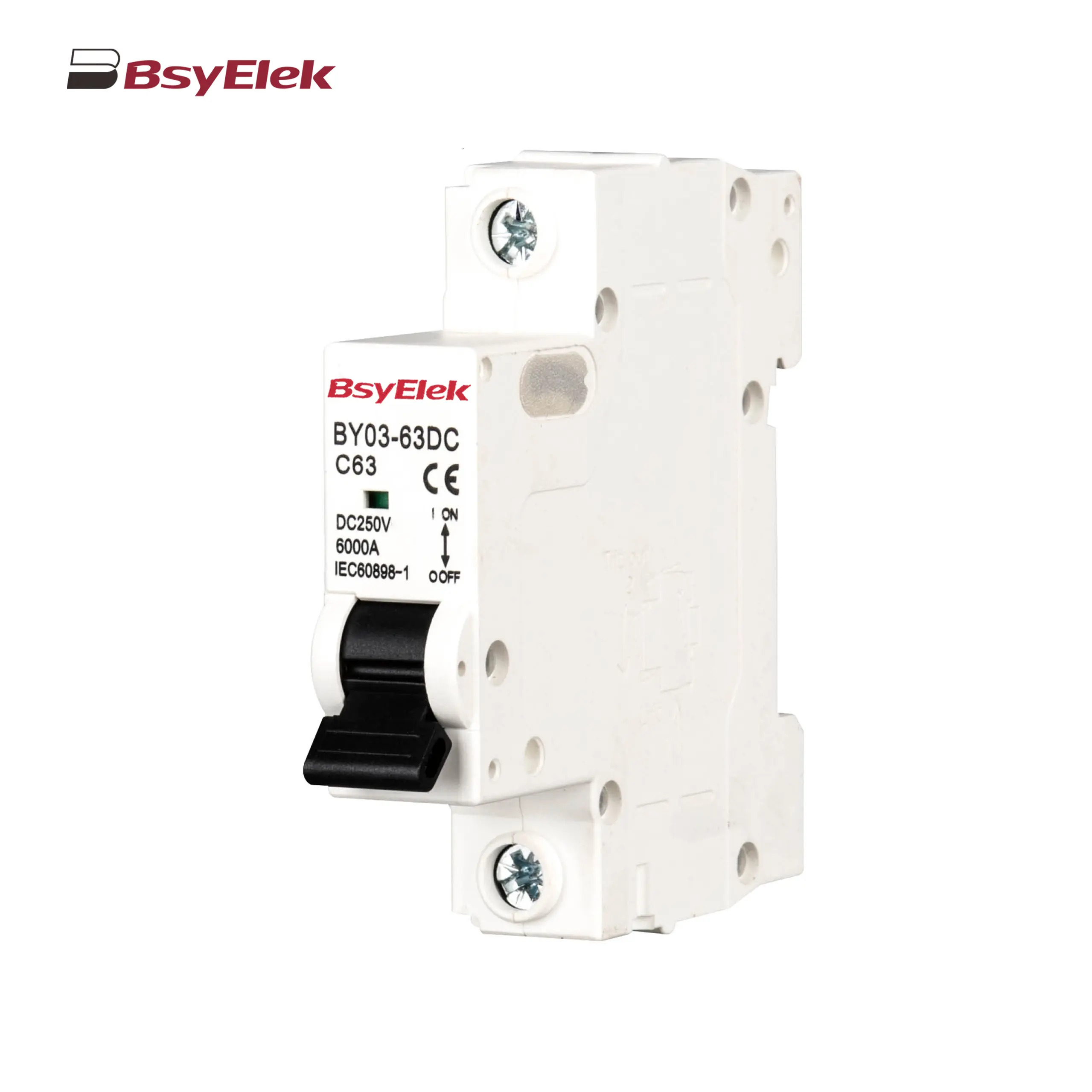 BY03-63DC MCB 4.5kA DC Miniature Circuit Breaker
BY03-63DC MCB 4.5kA DC Miniature Circuit Breaker
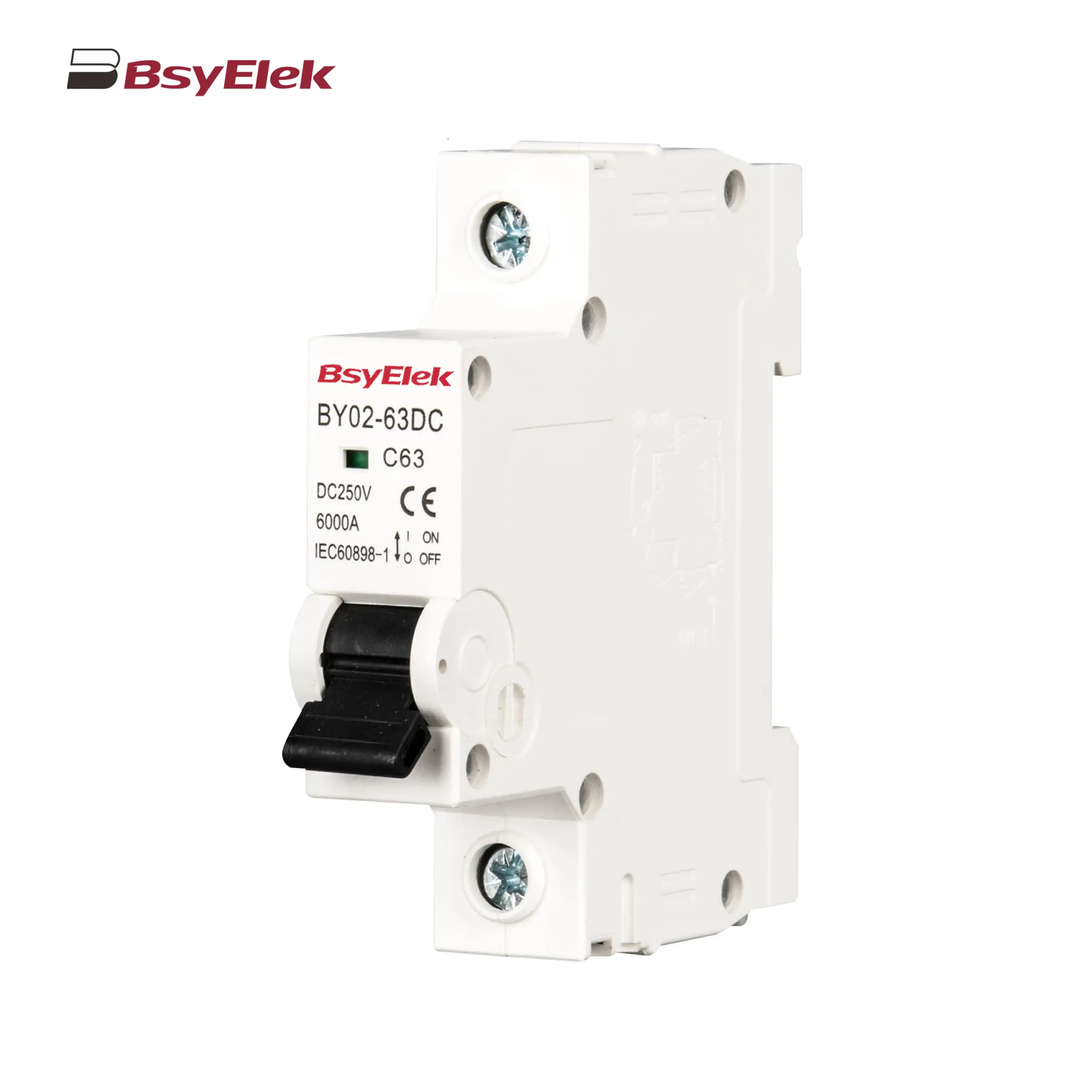 BY02-63DC MCB 3kA DC Miniature Circuit Breaker
BY02-63DC MCB 3kA DC Miniature Circuit Breaker
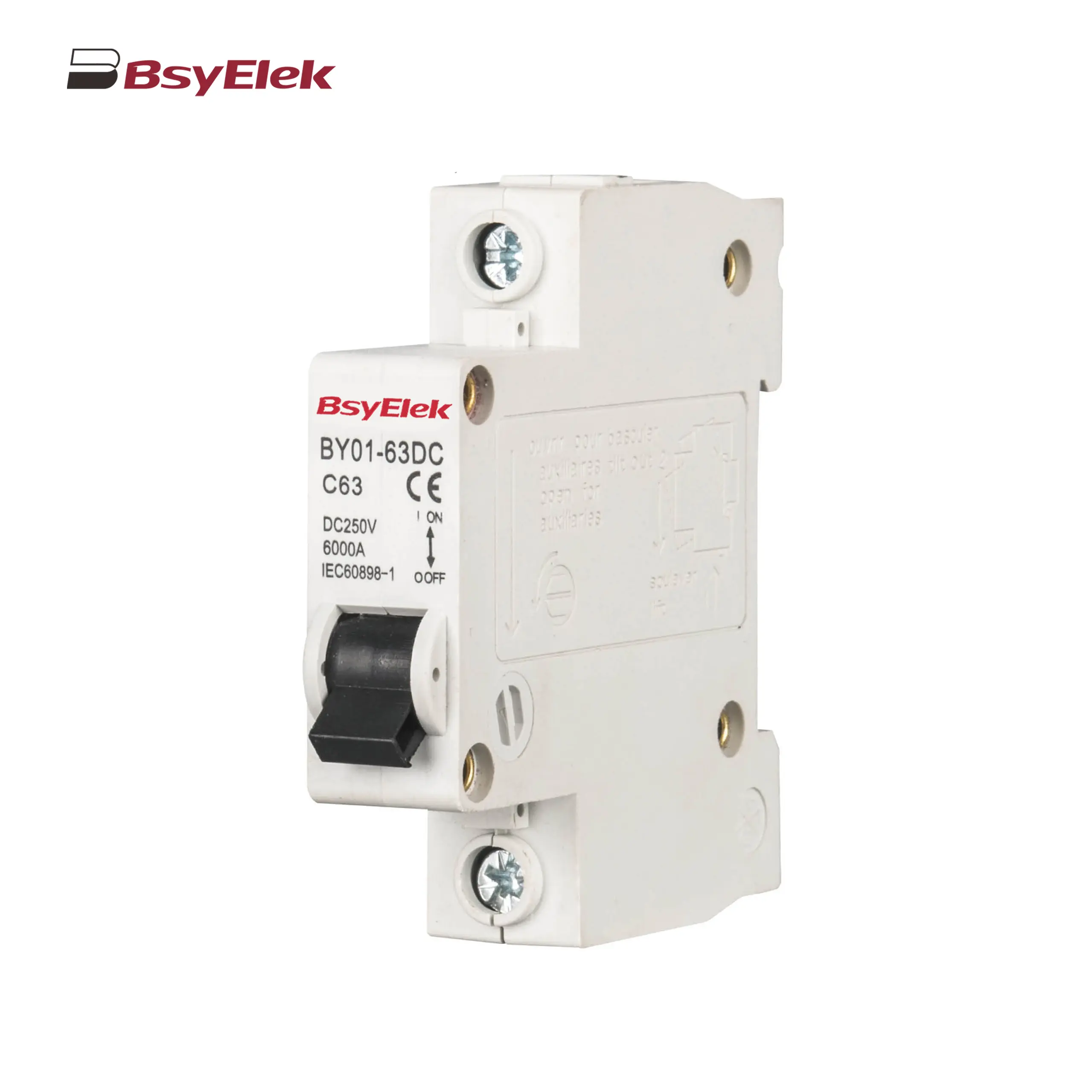 BY01-63DC MCB 3kA DC Miniature Circuit Breaker
BY01-63DC MCB 3kA DC Miniature Circuit Breaker
RCD
DC Surge Protective Device
DC Fuse
PV Isolator Switch
PV Connector
Cable Gland
PV Cable
PV Knife Switch
DC Molded Case Circuit Breaker
Industrial Power Distribution Electric
Distribution Box
Air Conditioning System
Definite Purpose Magnetic Contactor
Condensate Pump
 BY-5018 1.8M Engineering Drainage Pump
BY-5018 1.8M Engineering Drainage Pump
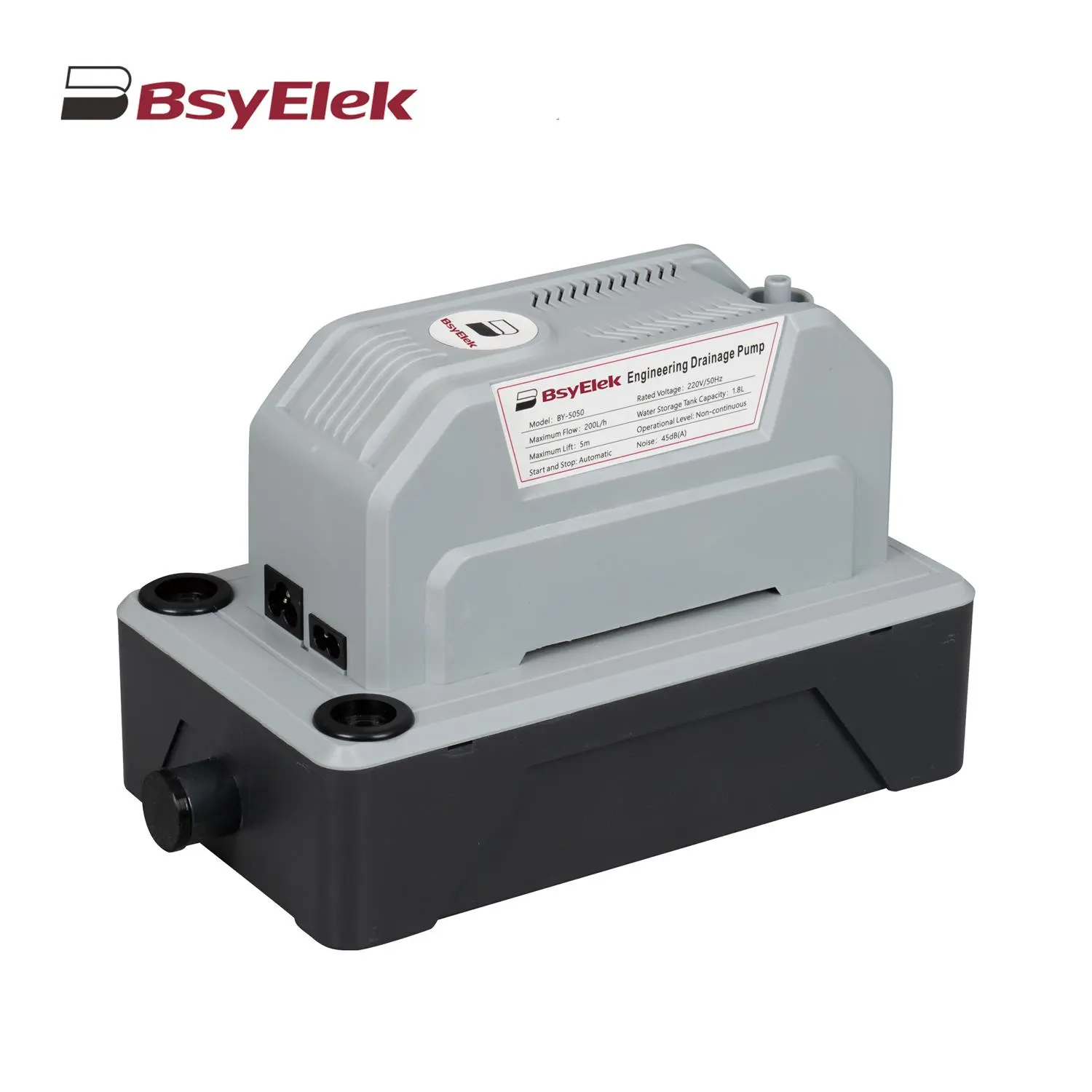 BY-5050 5M Engineering Drainage Pump
BY-5050 5M Engineering Drainage Pump
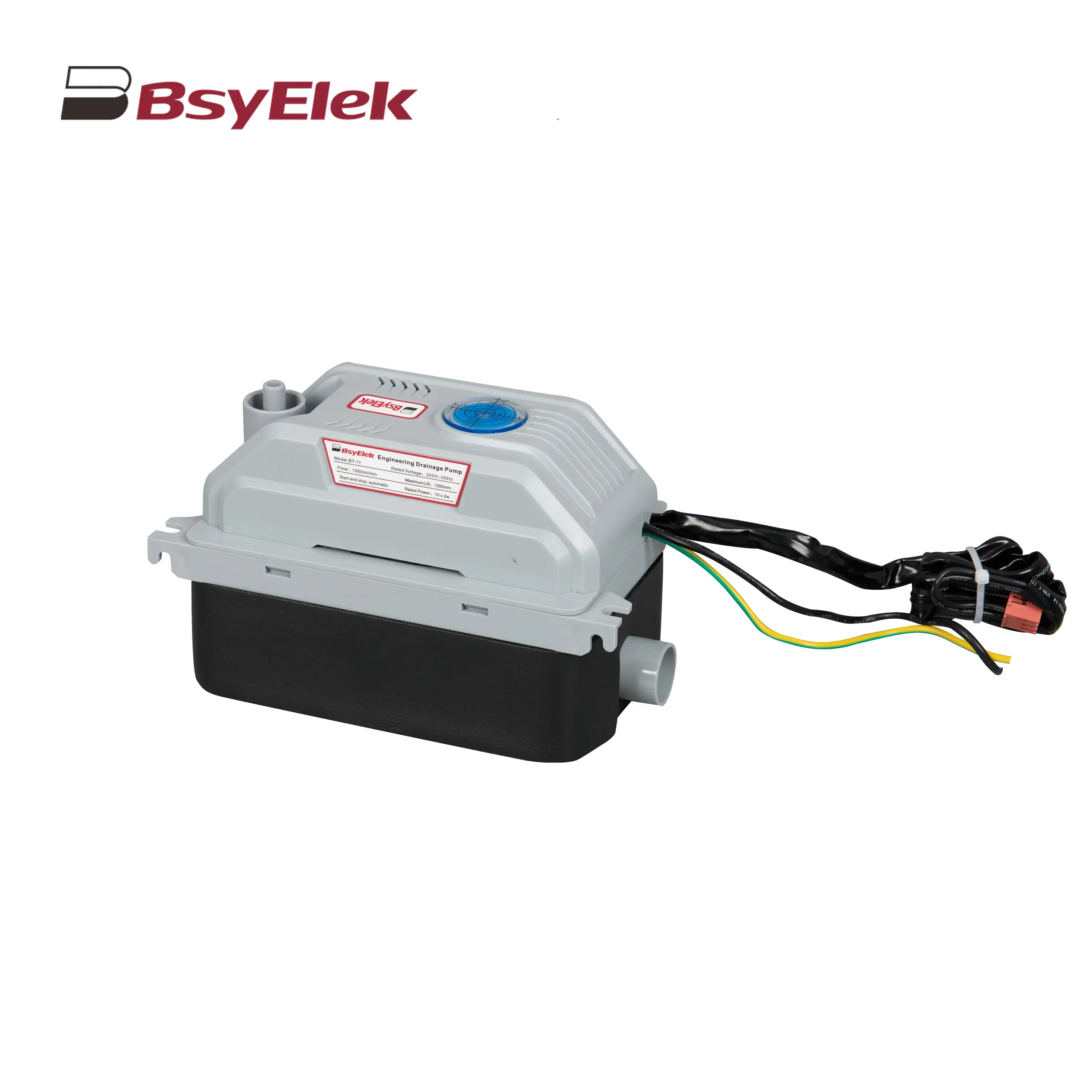 BY-11 1.2M Engineering Drainage Pump
BY-11 1.2M Engineering Drainage Pump
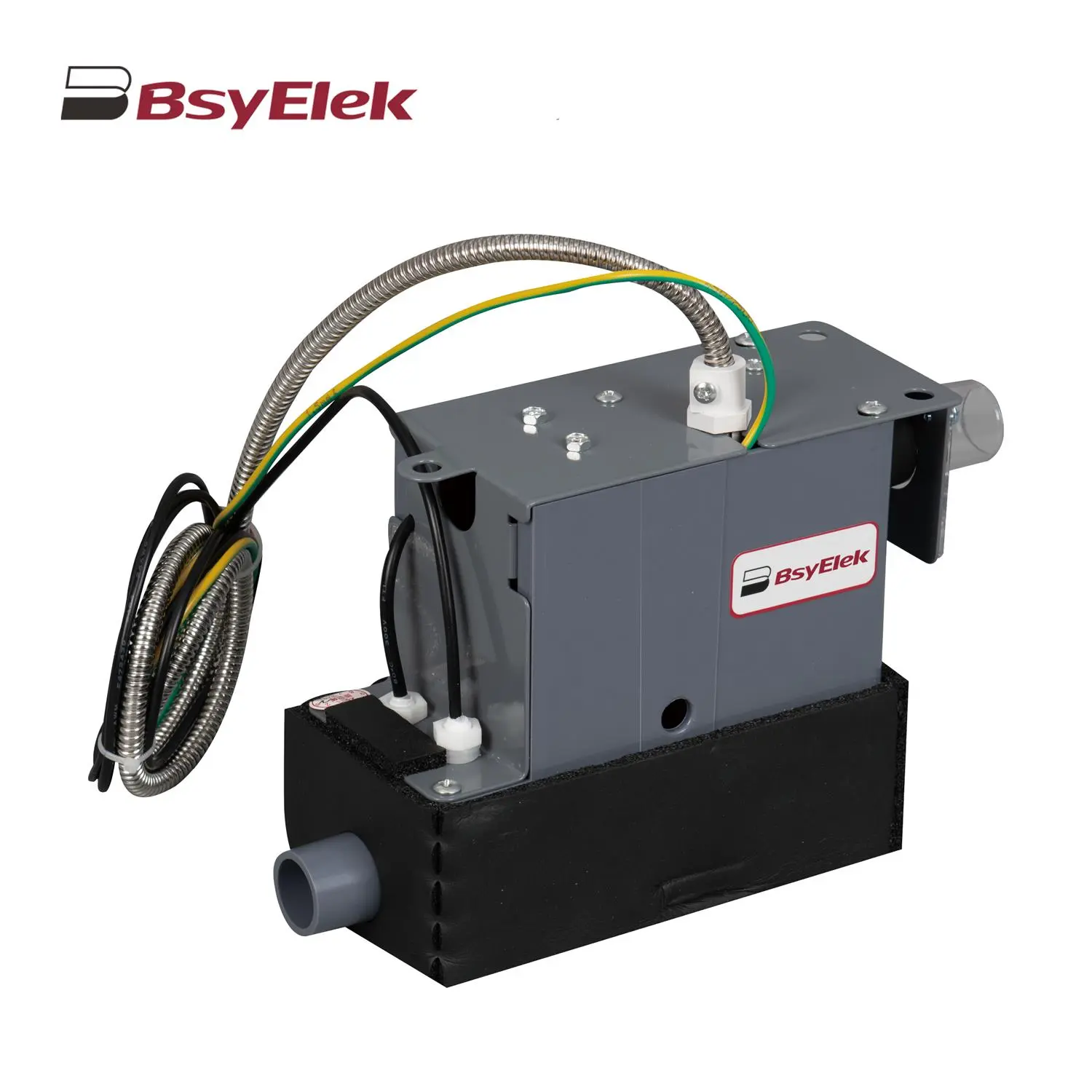 SBH-05 0.7M Original Drainage Pump of Duct Type Air Conditioner
SBH-05 0.7M Original Drainage Pump of Duct Type Air Conditioner
 BY-24A/40A 10M Drainage Pump of Air Conditioner
BY-24A/40A 10M Drainage Pump of Air Conditioner
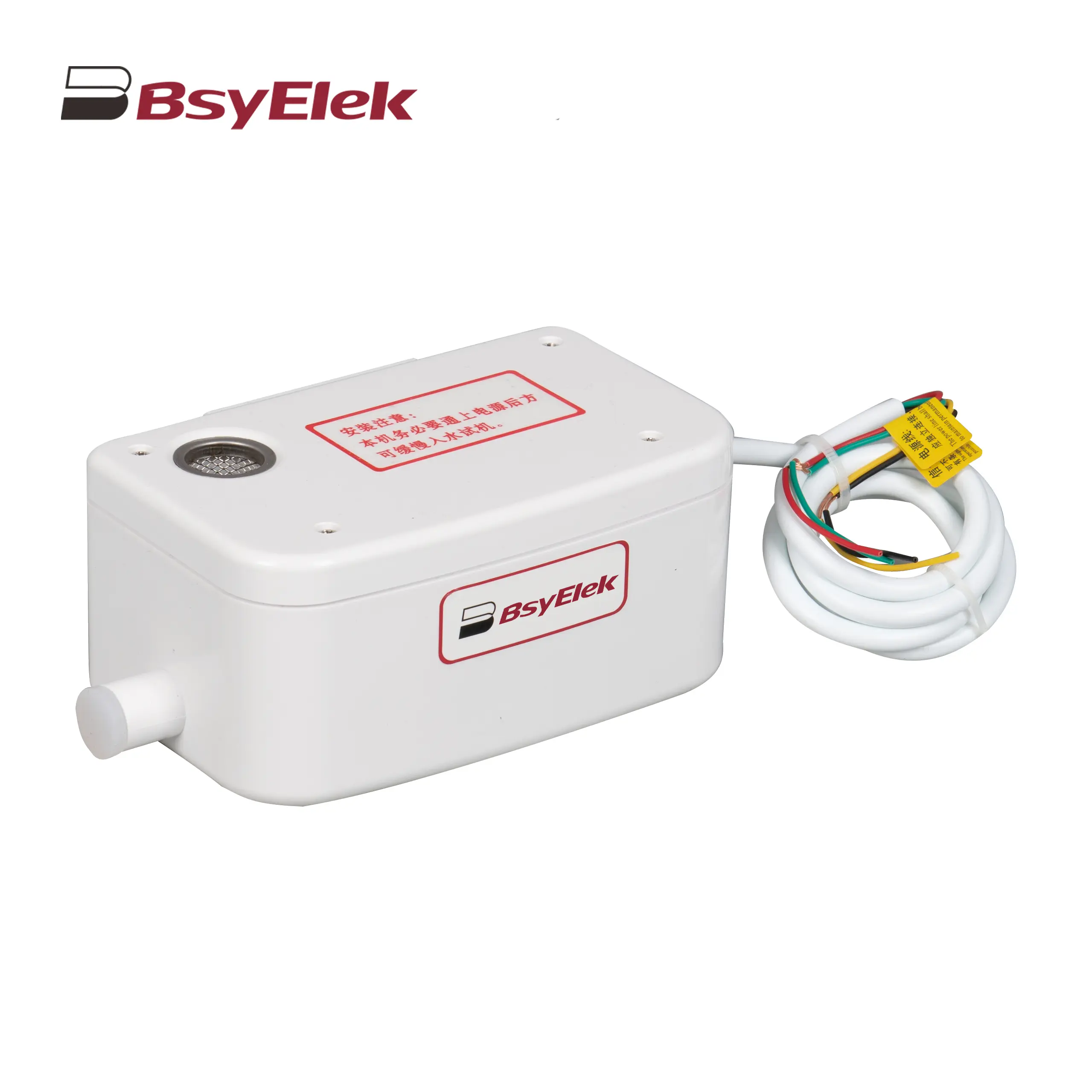 BY-50A 12M Drainage Pump of Air Conditioner
BY-50A 12M Drainage Pump of Air Conditioner
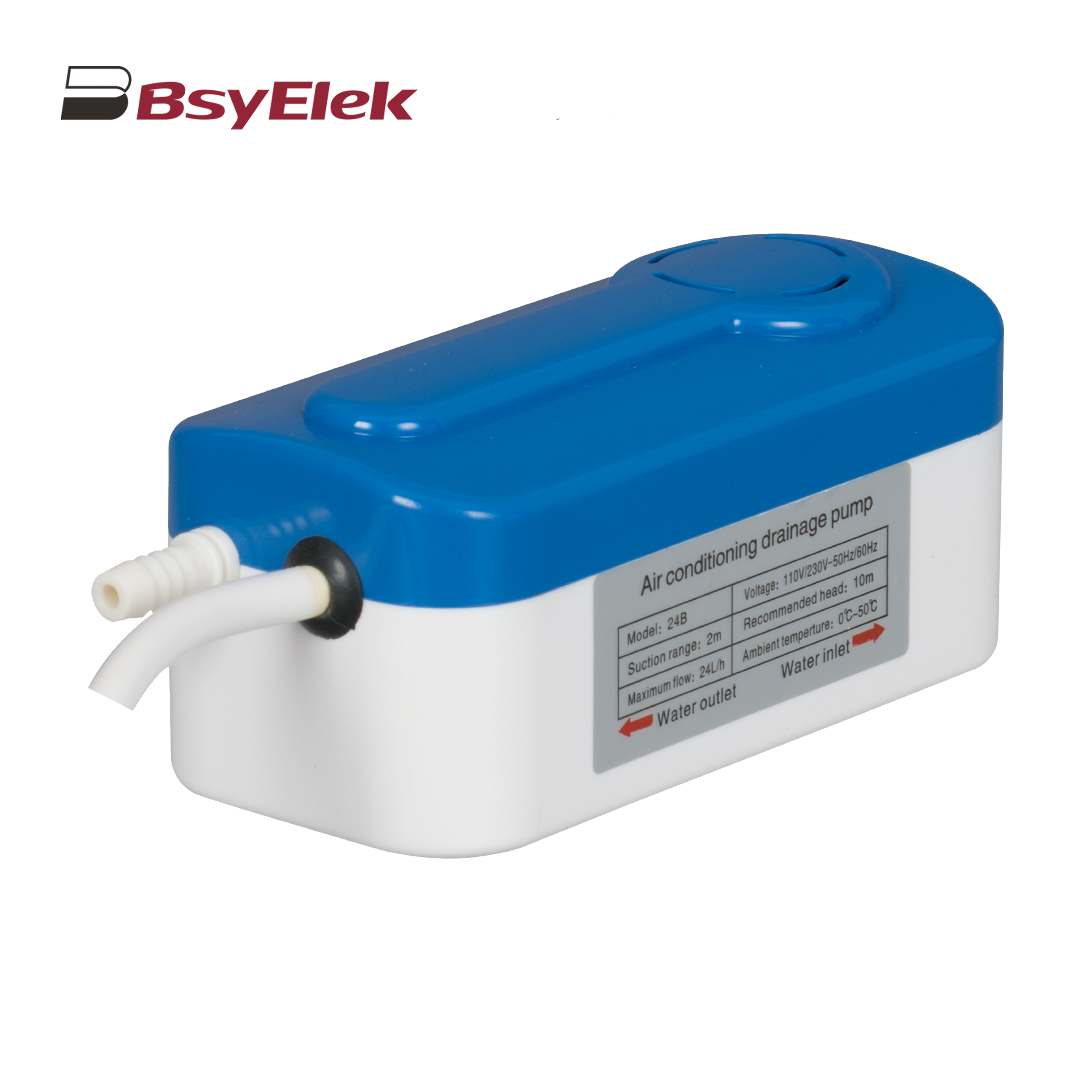 BY-24B/40B 10M Split Type Drainage Pump
BY-24B/40B 10M Split Type Drainage Pump
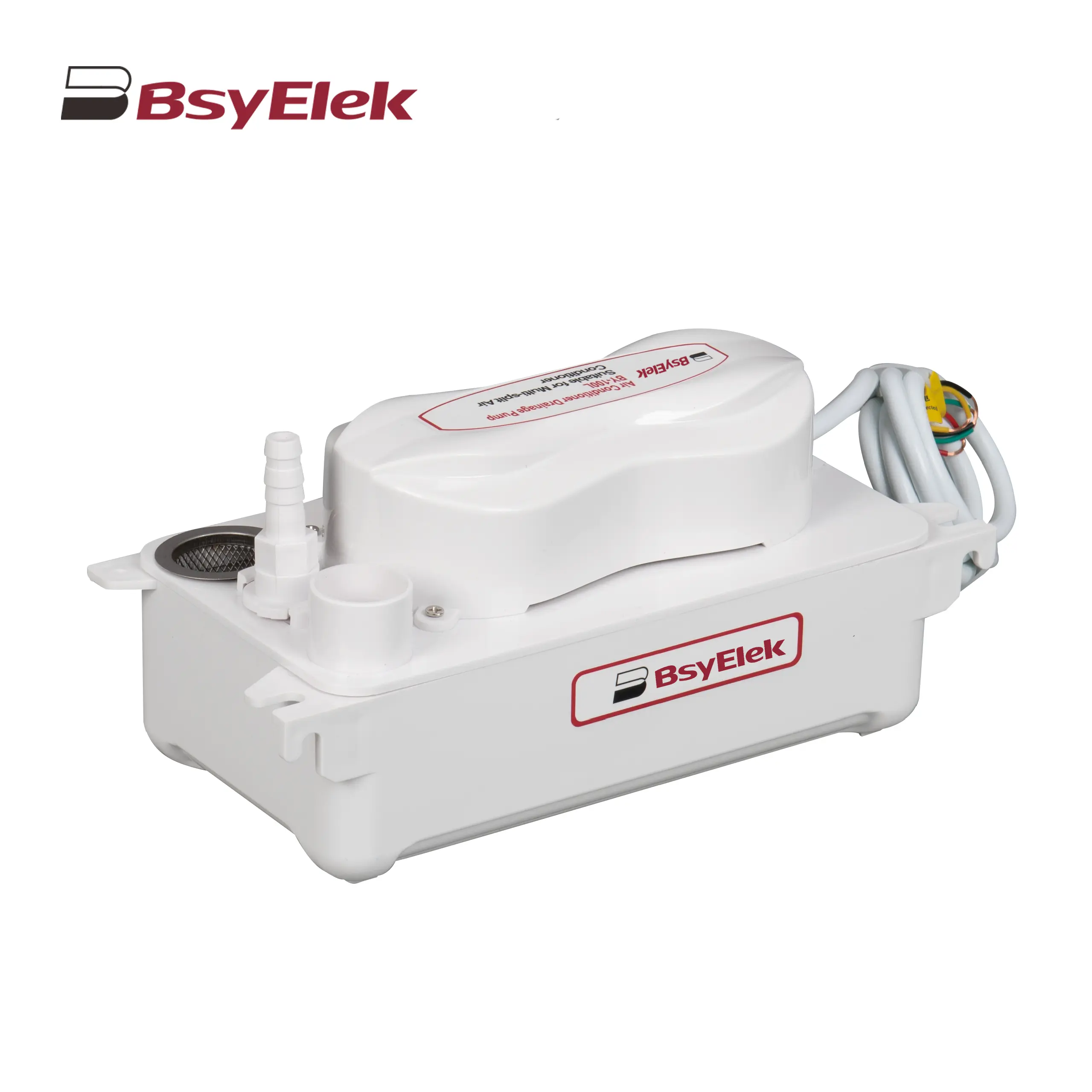 BY-100L 2M Drainage Pump of Air Conditioner
BY-100L 2M Drainage Pump of Air Conditioner
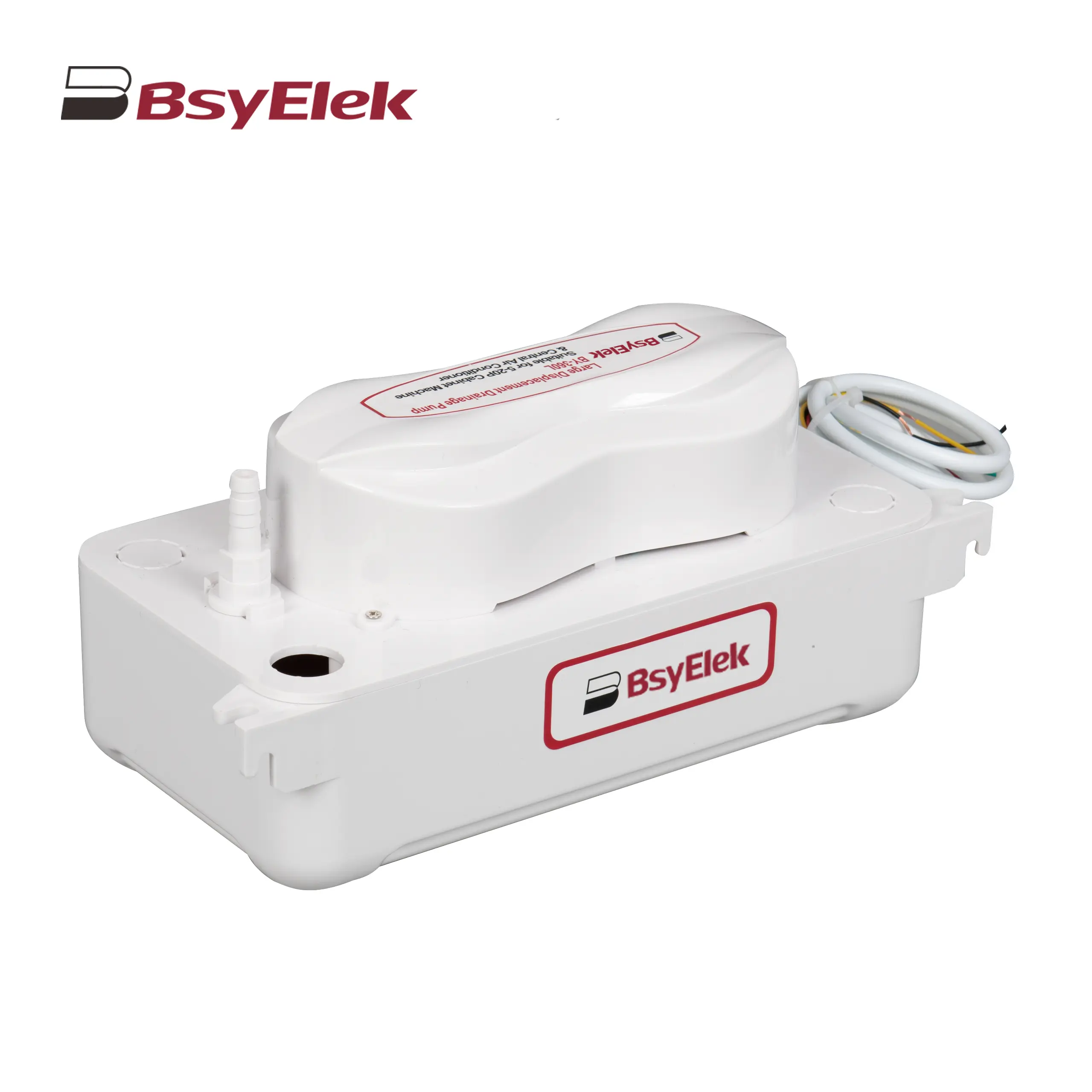 BY-360L 6M Large Displacement Drainage Pump
BY-360L 6M Large Displacement Drainage Pump
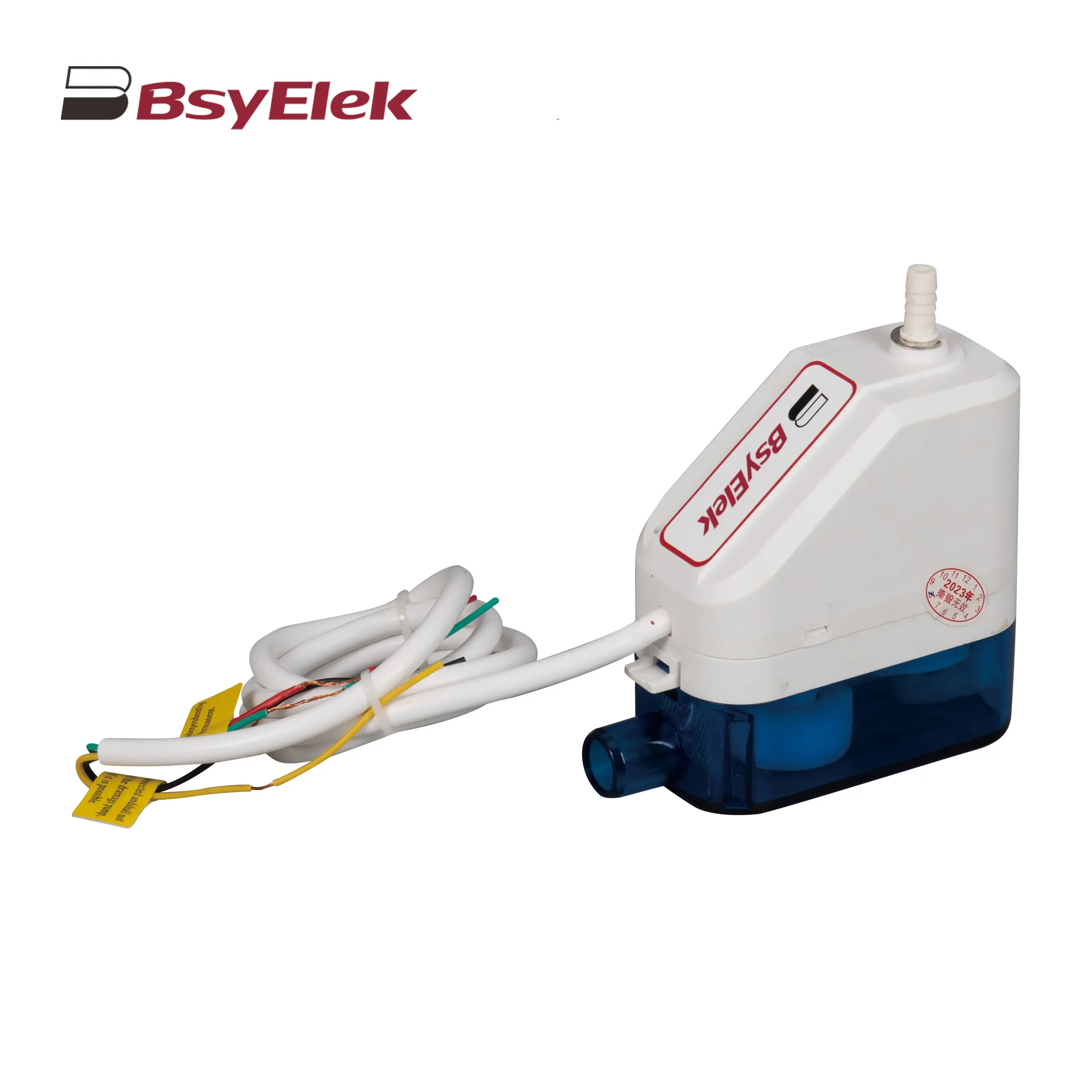 BY-24C/40C 10M Corner Drainage Pump
BY-24C/40C 10M Corner Drainage Pump
News
Top Blog
Company News
Industry Dynamics
What is a miniature circuit breaker (MCB)?
PG Series Waterproof Cable Glands with Washer for Harsh Environments
LWSF-125 125A Manual Changeover Switch ensures reliable power transfer
BYX2 AC contactor series: reliable power control for modern electrical systems
High-performance 1000V DC fuse holder optimizes solar photovoltaic system protection
BY07L-63 Residual Current Circuit Breaker Ensures Global Electrical Safety
BYQ5 ATS Isolation Dual Power Automatic Transfer Switch
BY19G 63A Manual Changeover Switch: Features and Benefits
Support
Blog
Contact Us





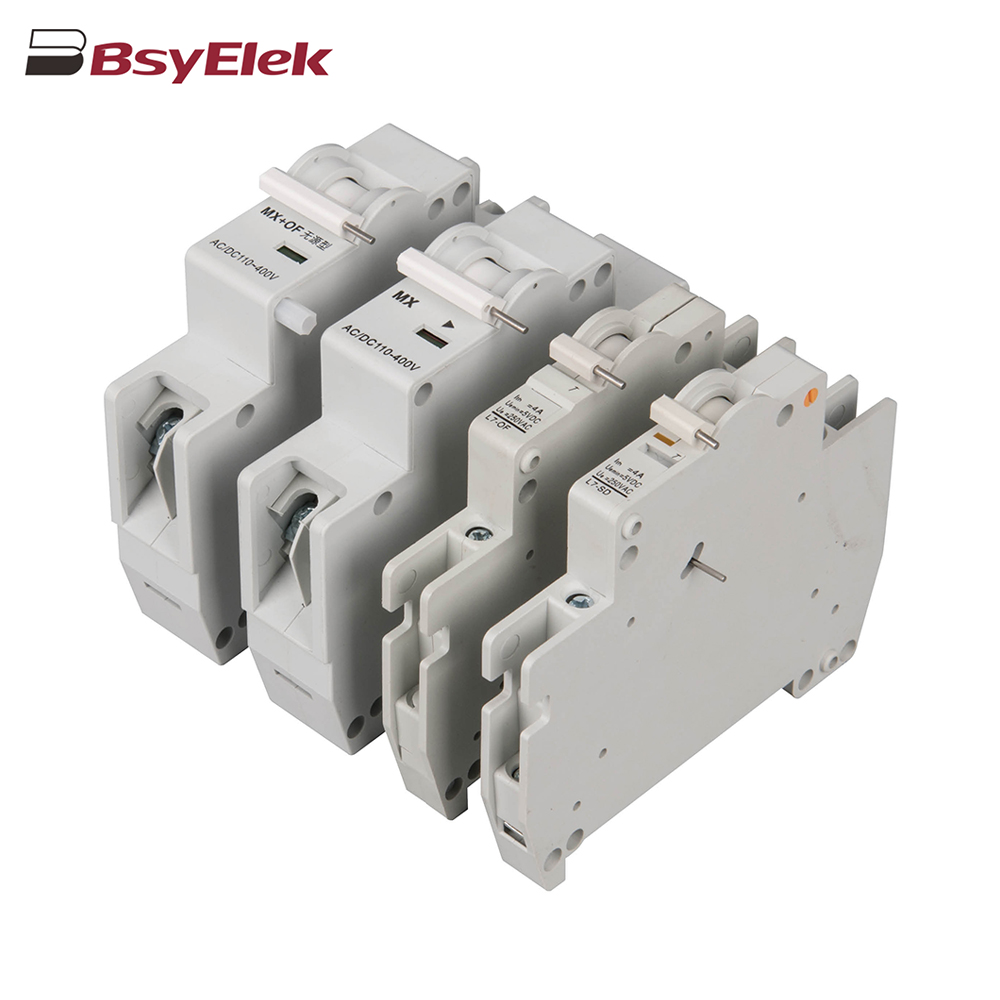 OF SD MX OF MCB Miniature Circuit Breaker Accessories
OF SD MX OF MCB Miniature Circuit Breaker Accessories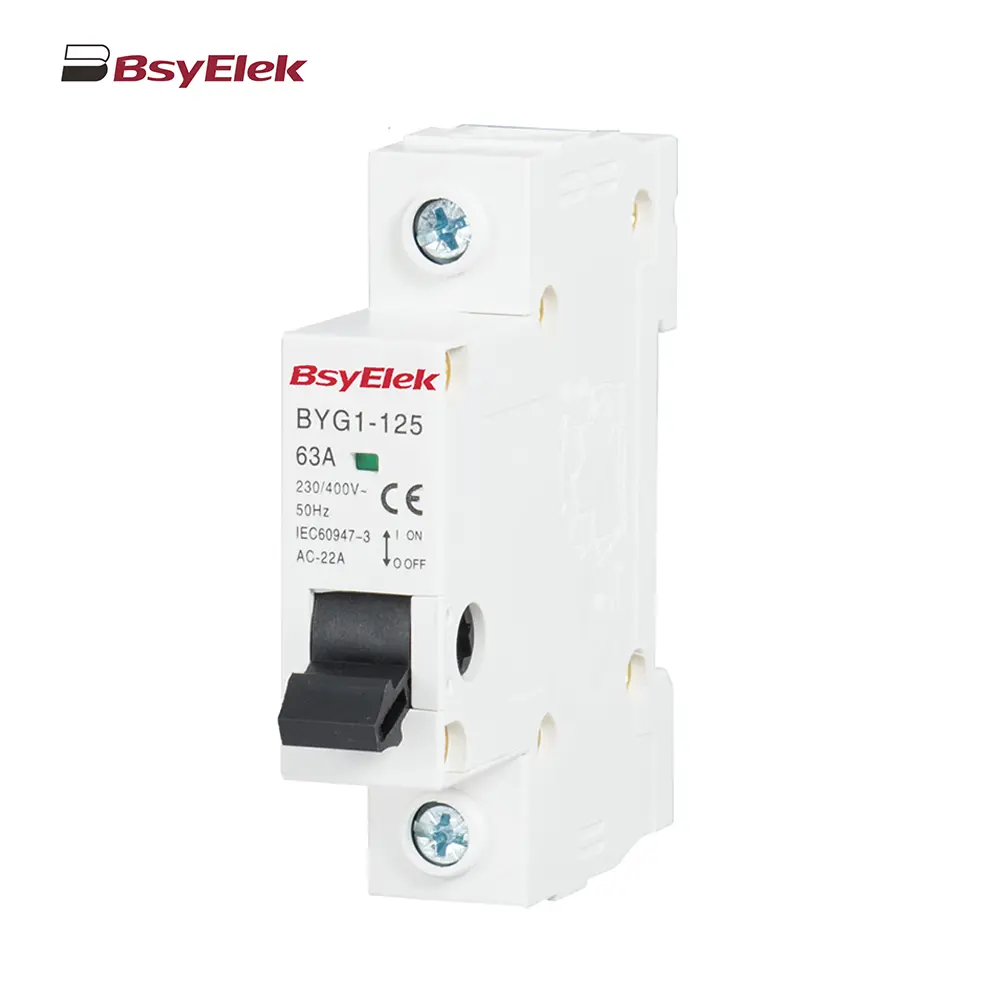 BYG1-125 Main Switch MCB Isolator Switch
BYG1-125 Main Switch MCB Isolator Switch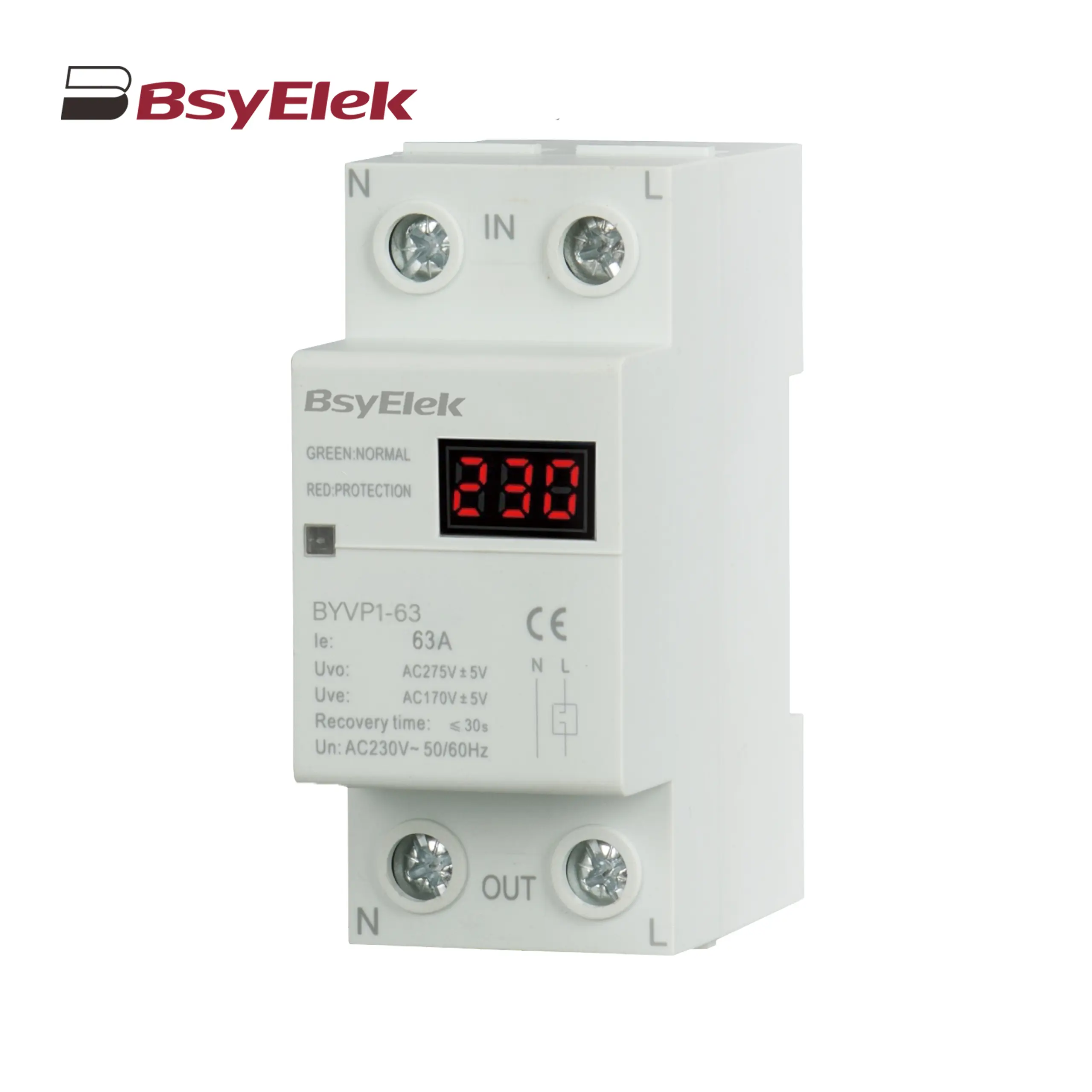 BYVP1-63 100A Single Display Overvoltage and Undervoltage Protector
BYVP1-63 100A Single Display Overvoltage and Undervoltage Protector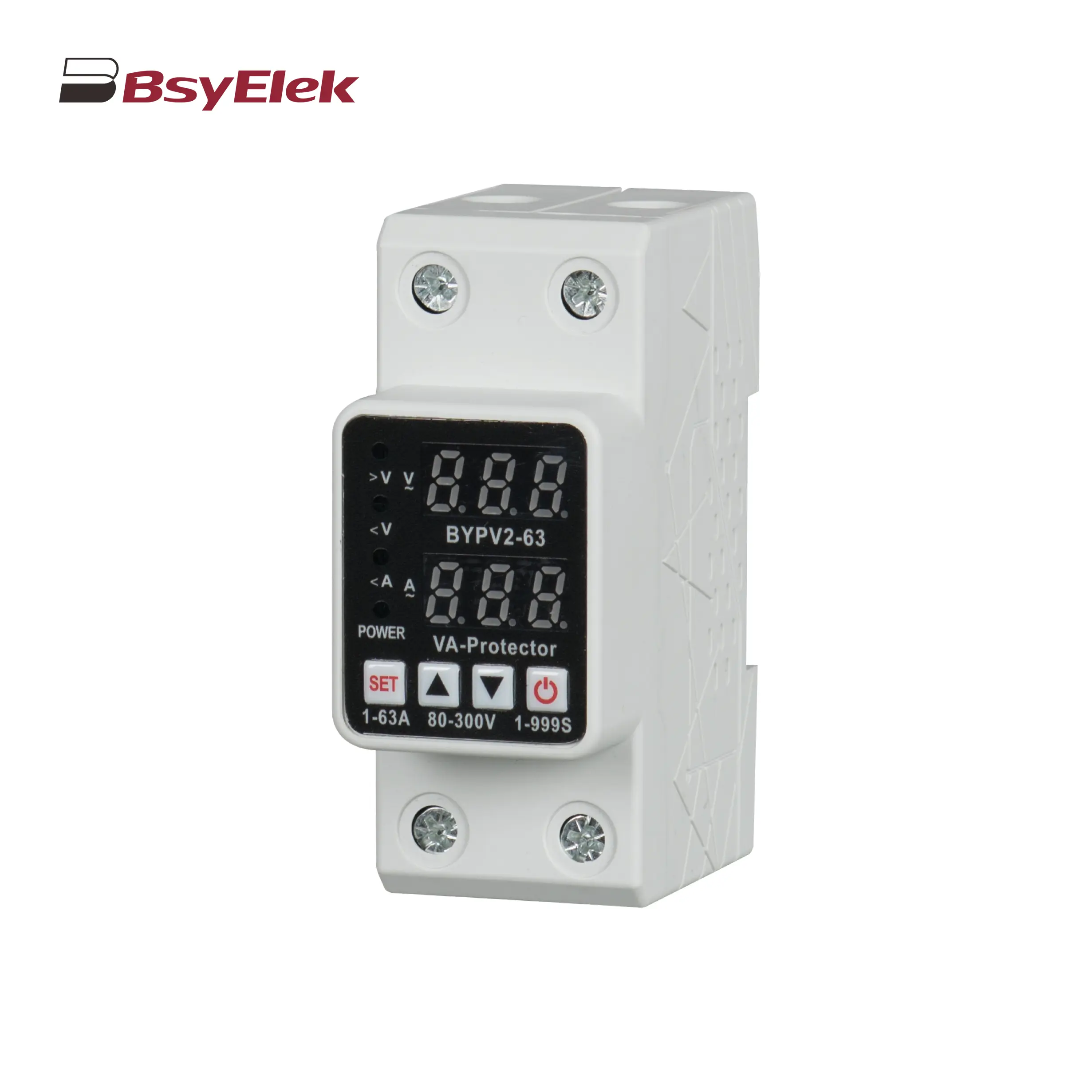 BYVP2-63 40A 63A Adjustable Dual Display Overvoltage and Undervoltage Protector
BYVP2-63 40A 63A Adjustable Dual Display Overvoltage and Undervoltage Protector BYX2 6-95A AC Contactor
BYX2 6-95A AC Contactor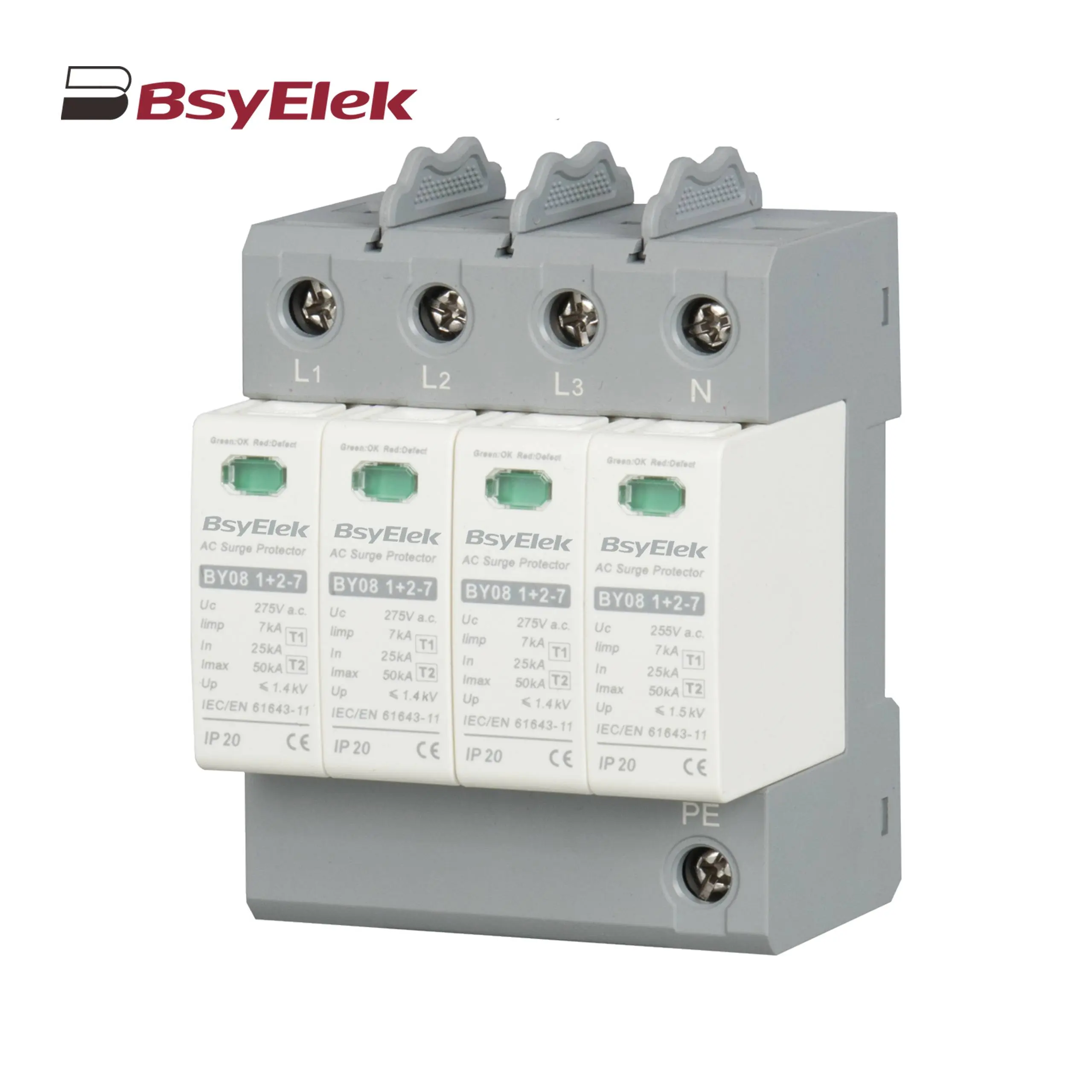 BY08 1+2-7 SPD Class T1+T2 Imax 50KA Surge Protective Device
BY08 1+2-7 SPD Class T1+T2 Imax 50KA Surge Protective Device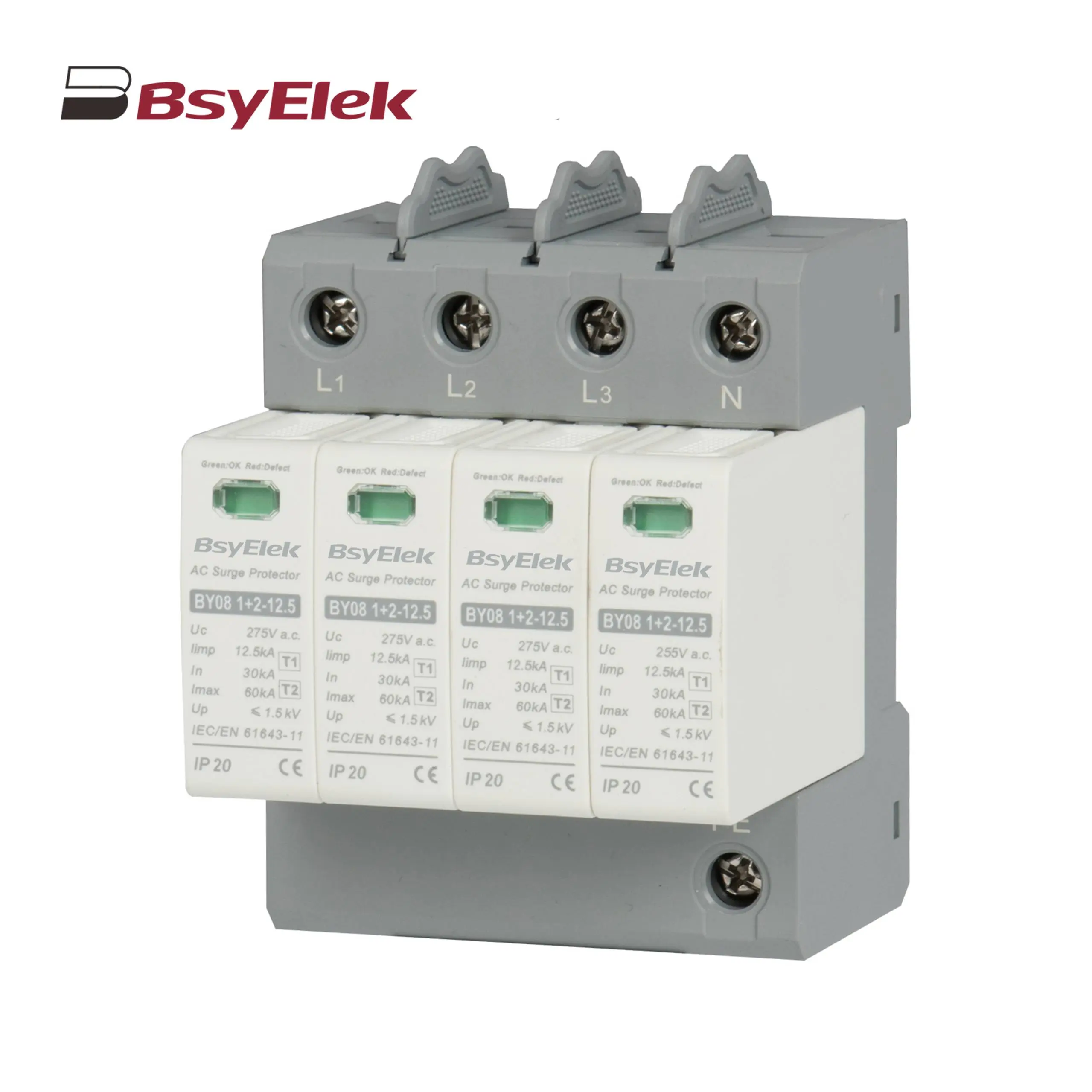 BY08 1+2-12.5 SPD Class T1+T2 Imax 60KA Surge Protective Device
BY08 1+2-12.5 SPD Class T1+T2 Imax 60KA Surge Protective Device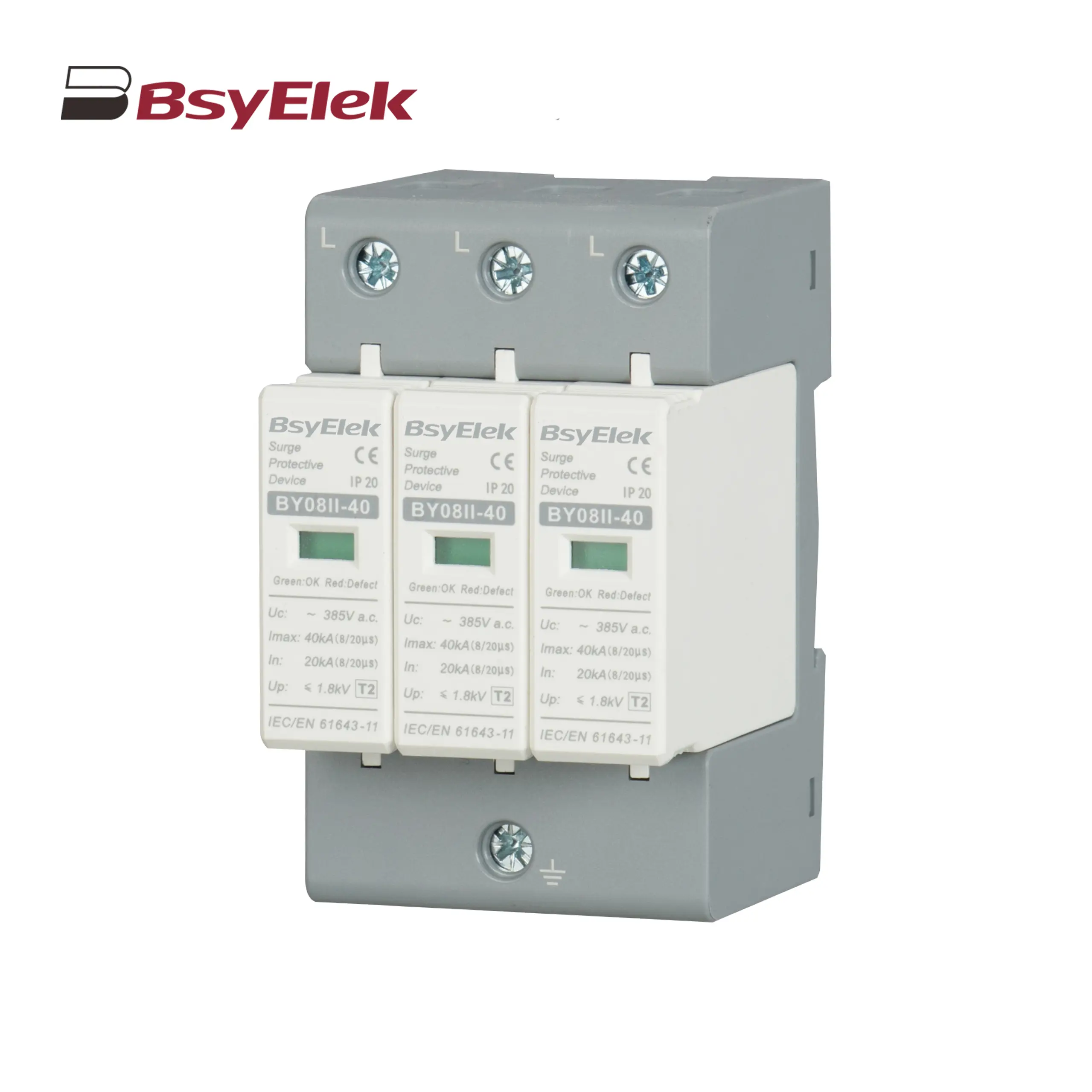 BY08II-40 SPD Class T2 Imax 40KA Surge Protective Device
BY08II-40 SPD Class T2 Imax 40KA Surge Protective Device BY19G 63A Manual Changeover Switch
BY19G 63A Manual Changeover Switch LWSF-125 125A Manual Changeover Switch
LWSF-125 125A Manual Changeover Switch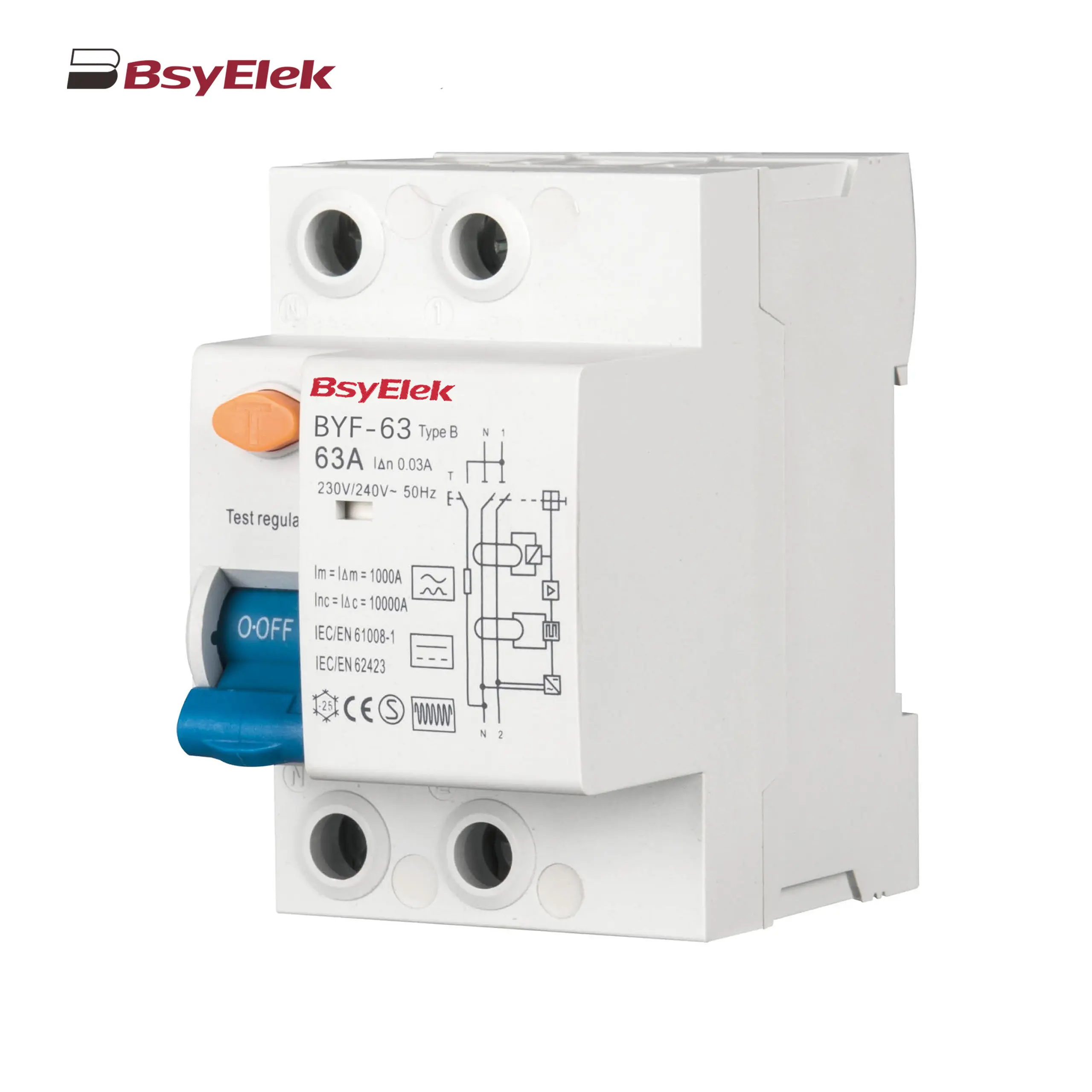 BYF-63 RCD 10KA Type B AC+A+Smoothing DC Residual Current Device
BYF-63 RCD 10KA Type B AC+A+Smoothing DC Residual Current Device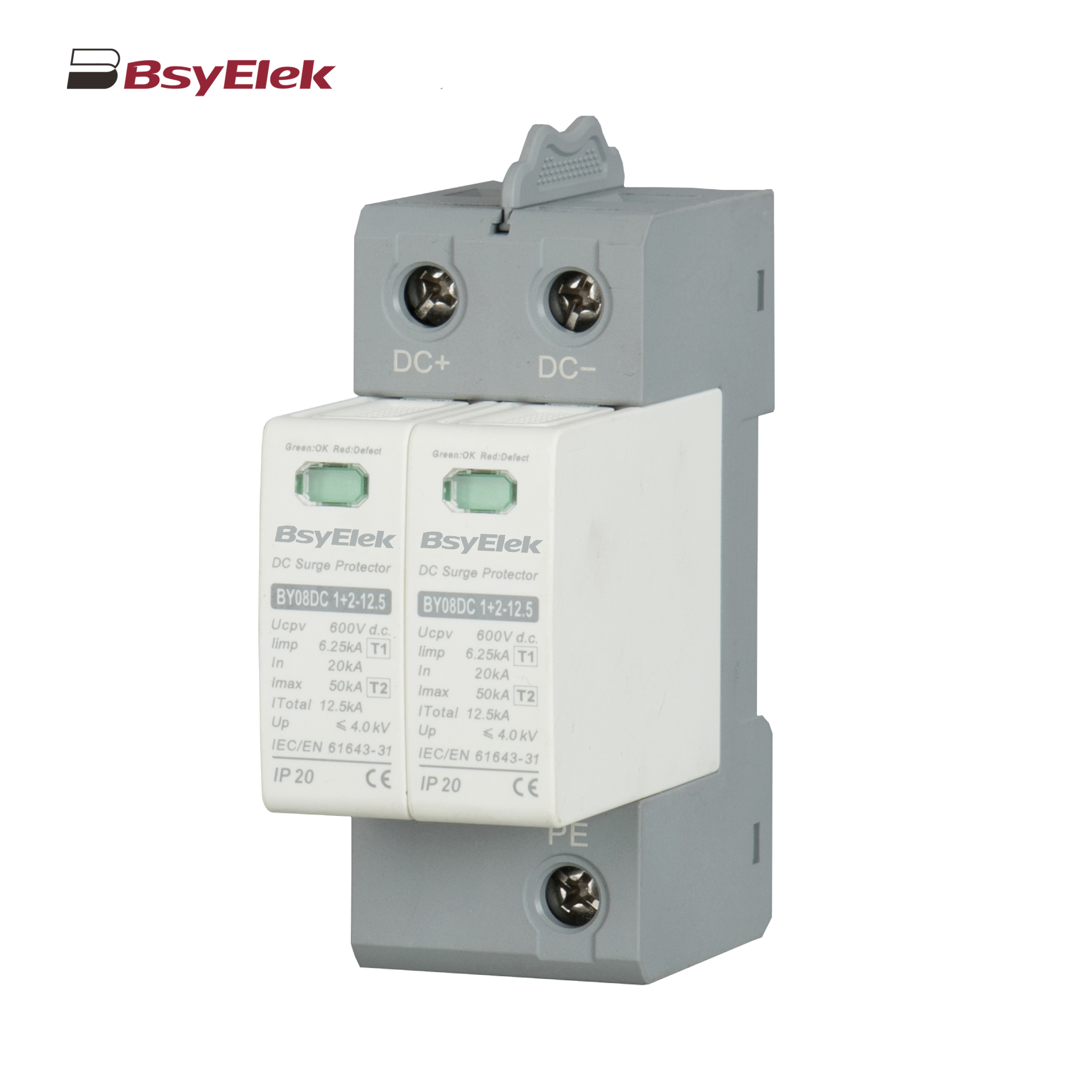 BY08DC 1+2-12.5 SPD Class T1+T2 40KA DC Surge Protective Device
BY08DC 1+2-12.5 SPD Class T1+T2 40KA DC Surge Protective Device BY08IIDC-40 SPD Class T2 40KA DC Surge Protective Device
BY08IIDC-40 SPD Class T2 40KA DC Surge Protective Device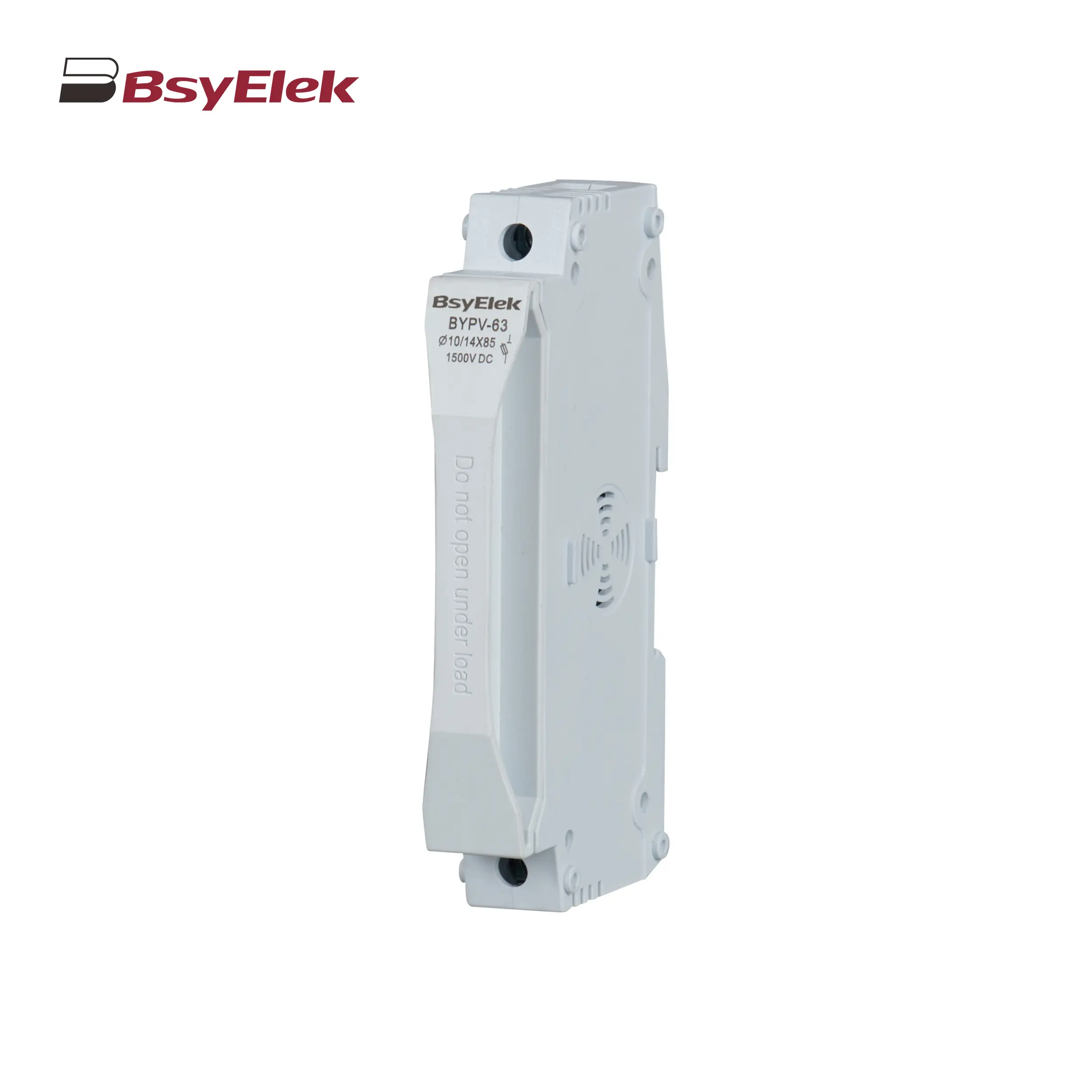 BYPV-63 1500VDC 50A Fuse Holder with 10x85mm 14x85mm Fuse Link
BYPV-63 1500VDC 50A Fuse Holder with 10x85mm 14x85mm Fuse Link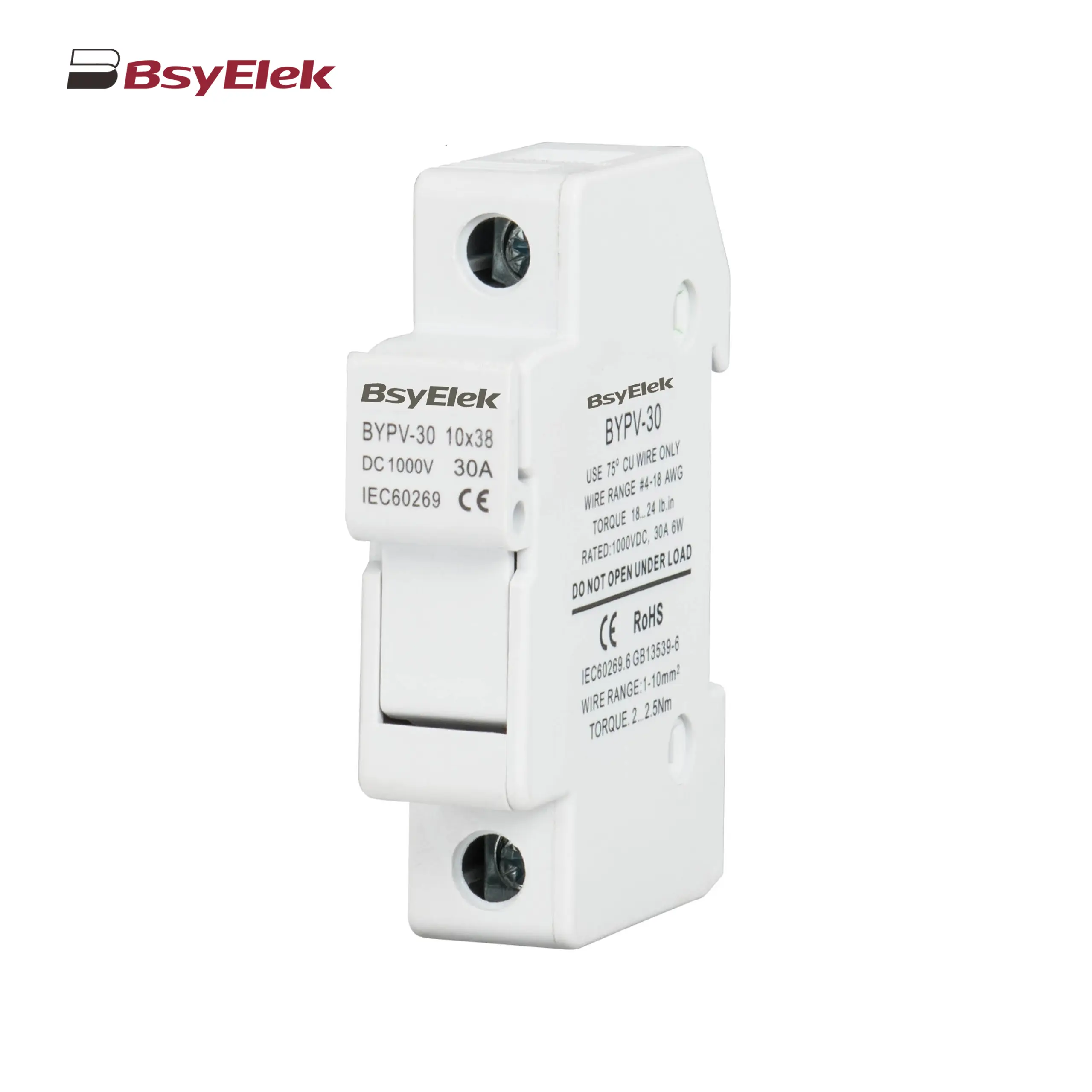 BYPV-30 1000VDC 32A Fuse Holder with 10x38mm Fuse Link
BYPV-30 1000VDC 32A Fuse Holder with 10x38mm Fuse Link BYPV-ELR2 PV Isolator Switch with Enclosed Version
BYPV-ELR2 PV Isolator Switch with Enclosed Version BYPV-ELR1 PV Isolator Switch with Enclosed Version
BYPV-ELR1 PV Isolator Switch with Enclosed Version BYPV-NL1/T PV Isolator Switch with Ultra-thin Lever Handle
BYPV-NL1/T PV Isolator Switch with Ultra-thin Lever Handle BYPV-NL1 PV Isolator Switch with Lever Handle
BYPV-NL1 PV Isolator Switch with Lever Handle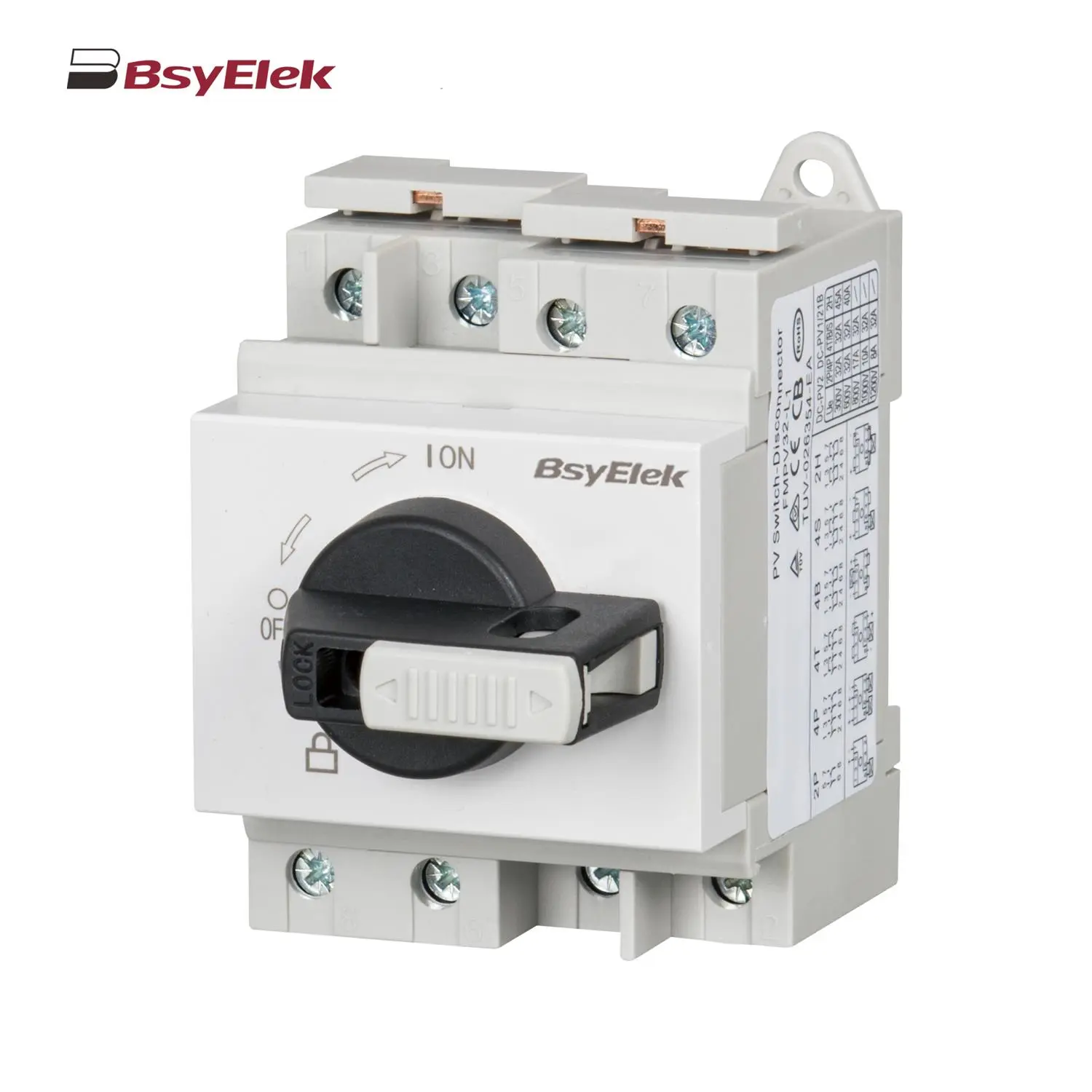 BYPV-L1/L2 PV Isolator Switch with Lockable Lever Handle
BYPV-L1/L2 PV Isolator Switch with Lockable Lever Handle PV-BY-01 30A/50A 1000V Photovoltaic Connector
PV-BY-01 30A/50A 1000V Photovoltaic Connector PV-BY-02 30A/50A 1500V Photovoltaic Connector
PV-BY-02 30A/50A 1500V Photovoltaic Connector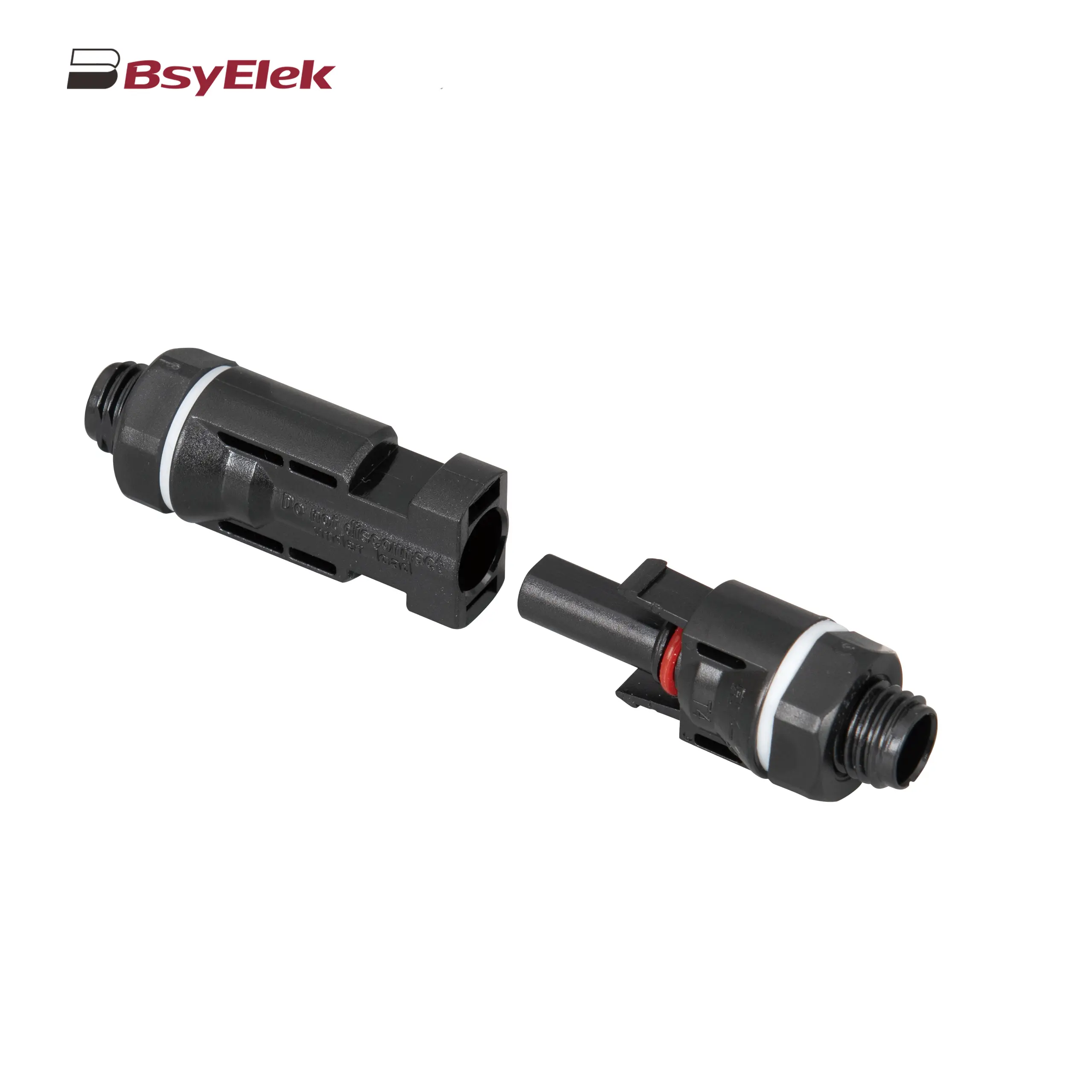 PV-BY-03 30A/50A 1000V Panel Mount Photovoltaic Connector
PV-BY-03 30A/50A 1000V Panel Mount Photovoltaic Connector PV-BY-F01 30A 1500V Diode/Fuse Type Connector
PV-BY-F01 30A 1500V Diode/Fuse Type Connector PV-BY-T 50A 1500V T Type Branch Connector
PV-BY-T 50A 1500V T Type Branch Connector PV-BY-Y 30A 1500V Y Type Branch Connector
PV-BY-Y 30A 1500V Y Type Branch Connector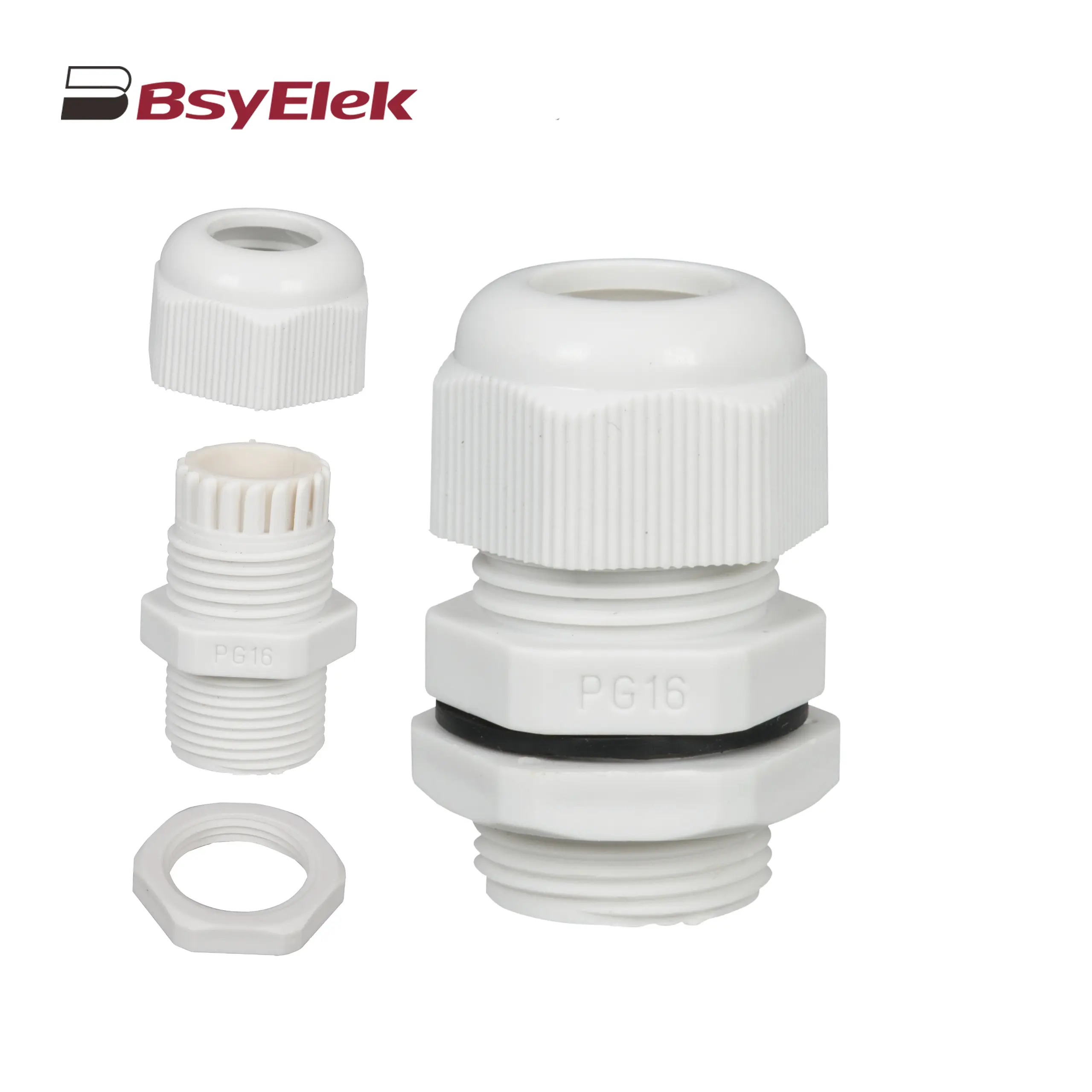 PG Waterproof Cable Gland with Washer
PG Waterproof Cable Gland with Washer Photovoltaic Cable
Photovoltaic Cable HD11N Photovoltaic Knife Switch
HD11N Photovoltaic Knife Switch BYM3DC MCCB Photovoltaic DC Molded Case Circuit Breaker
BYM3DC MCCB Photovoltaic DC Molded Case Circuit Breaker BYM1DC MCCB 1000VDC Thermal Magnetic Type DC Molded Case Circuit Breaker
BYM1DC MCCB 1000VDC Thermal Magnetic Type DC Molded Case Circuit Breaker BYM1E MCCB Electronic Type Molded Case Circuit Breaker
BYM1E MCCB Electronic Type Molded Case Circuit Breaker BYM1 MCCB Thermal Magnetic AC Molded Case Circuit Breaker
BYM1 MCCB Thermal Magnetic AC Molded Case Circuit Breaker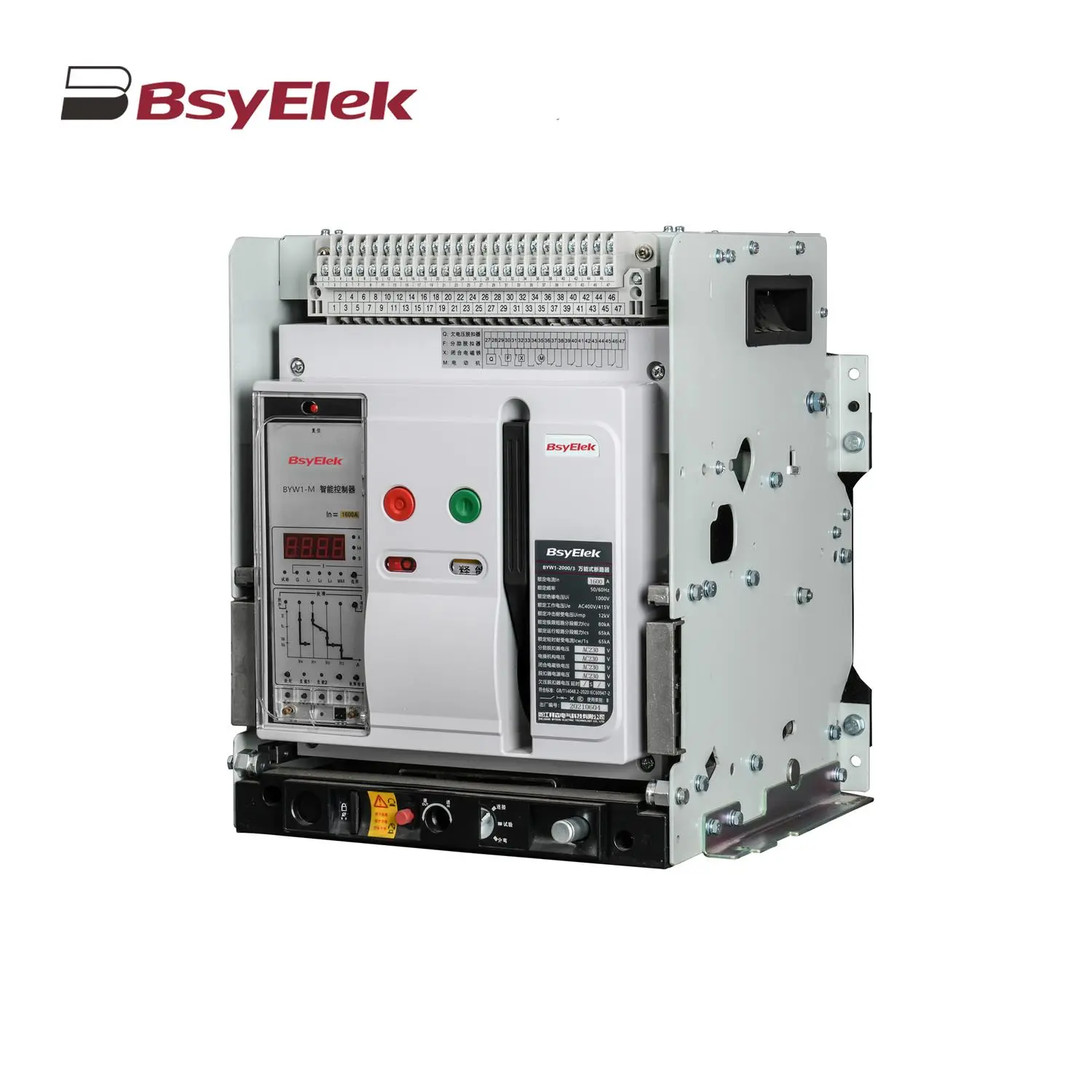 BYW1 ACB Intelligent Universal Air Circuit Breaker
BYW1 ACB Intelligent Universal Air Circuit Breaker BYQ1 ATS Isolated Type PC Level Dual Power Automatic Transfer Switch
BYQ1 ATS Isolated Type PC Level Dual Power Automatic Transfer Switch BYQ1 ATS Intelligent Type CB Level Dual Power Automatic Transfer Switch
BYQ1 ATS Intelligent Type CB Level Dual Power Automatic Transfer Switch BYQ1 ATS End Type CB Level Dual Power Automatic Transfer Switch
BYQ1 ATS End Type CB Level Dual Power Automatic Transfer Switch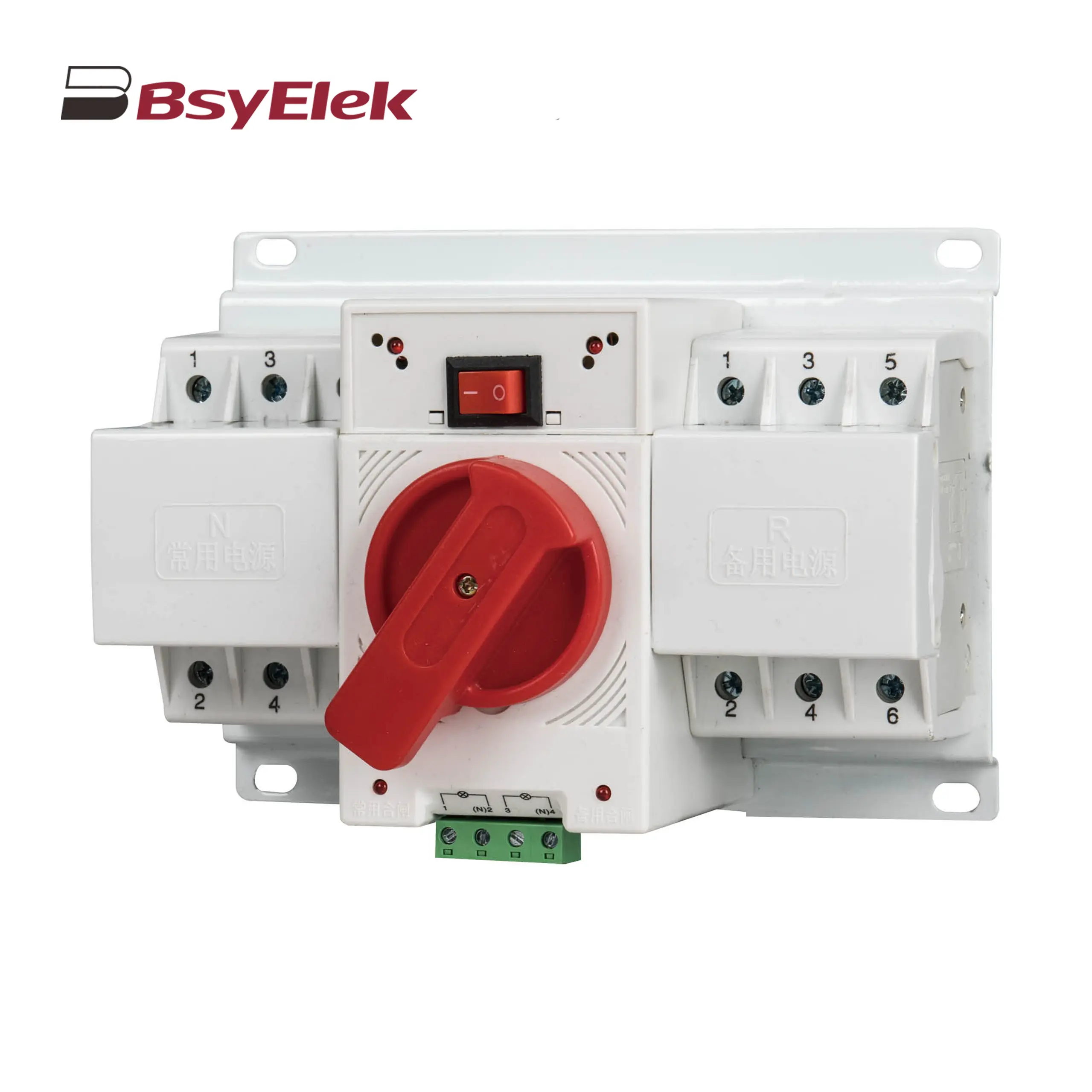 BYQ1 ATS Mini Type CB Level Dual Power Automatic Transfer Switch
BYQ1 ATS Mini Type CB Level Dual Power Automatic Transfer Switch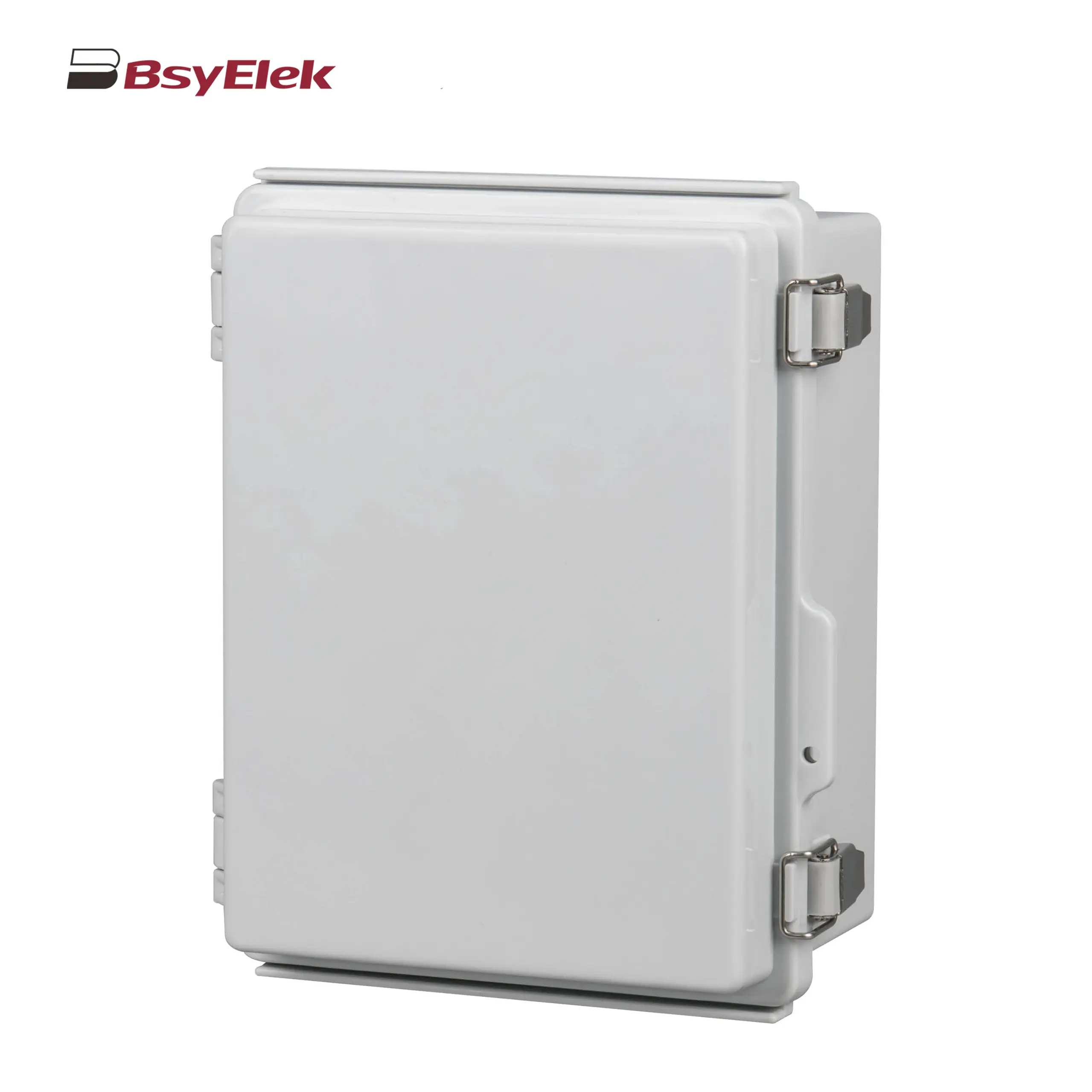 Stainless Steel Hinge Type Electrical Box
Stainless Steel Hinge Type Electrical Box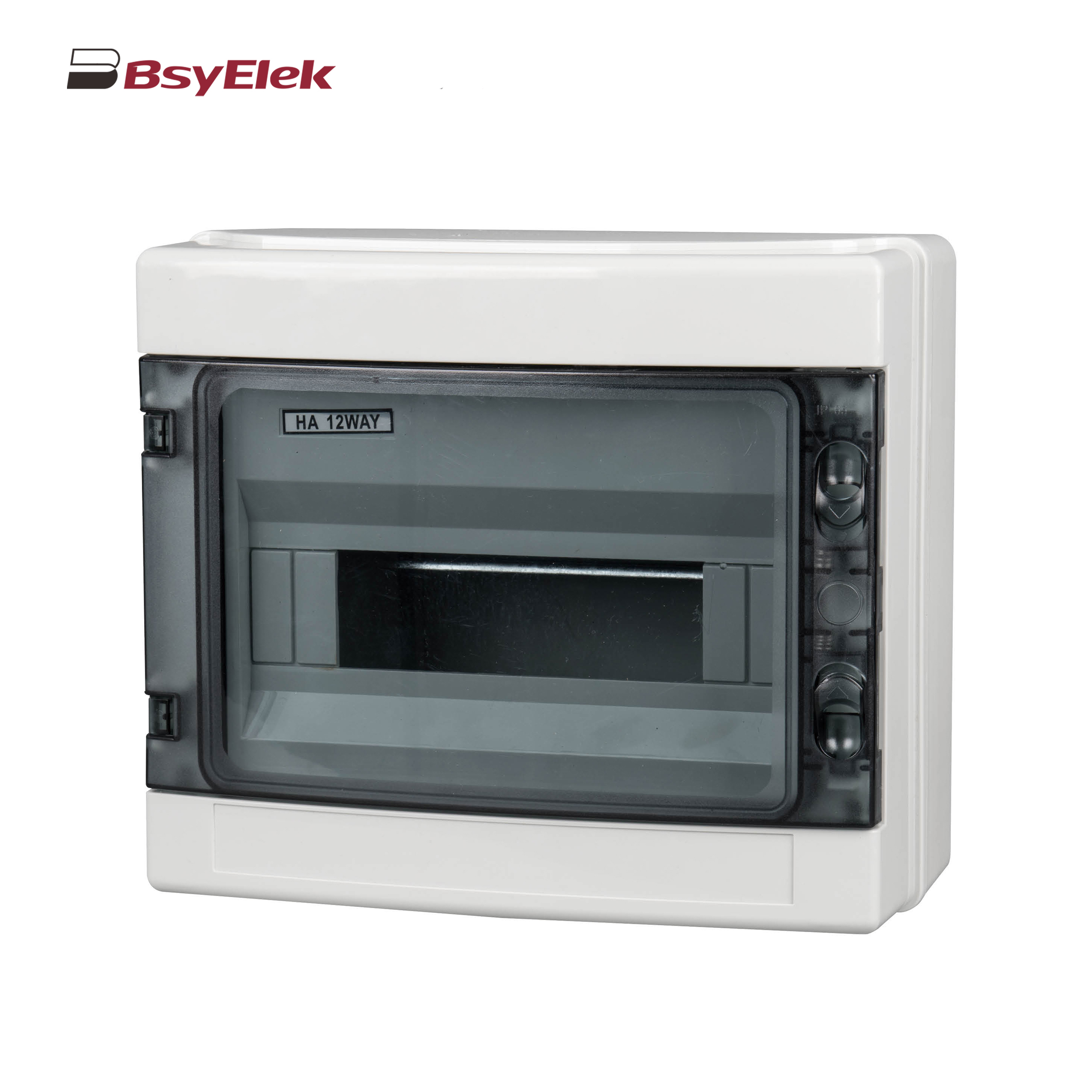 HA Waterproof Distribution Box
HA Waterproof Distribution Box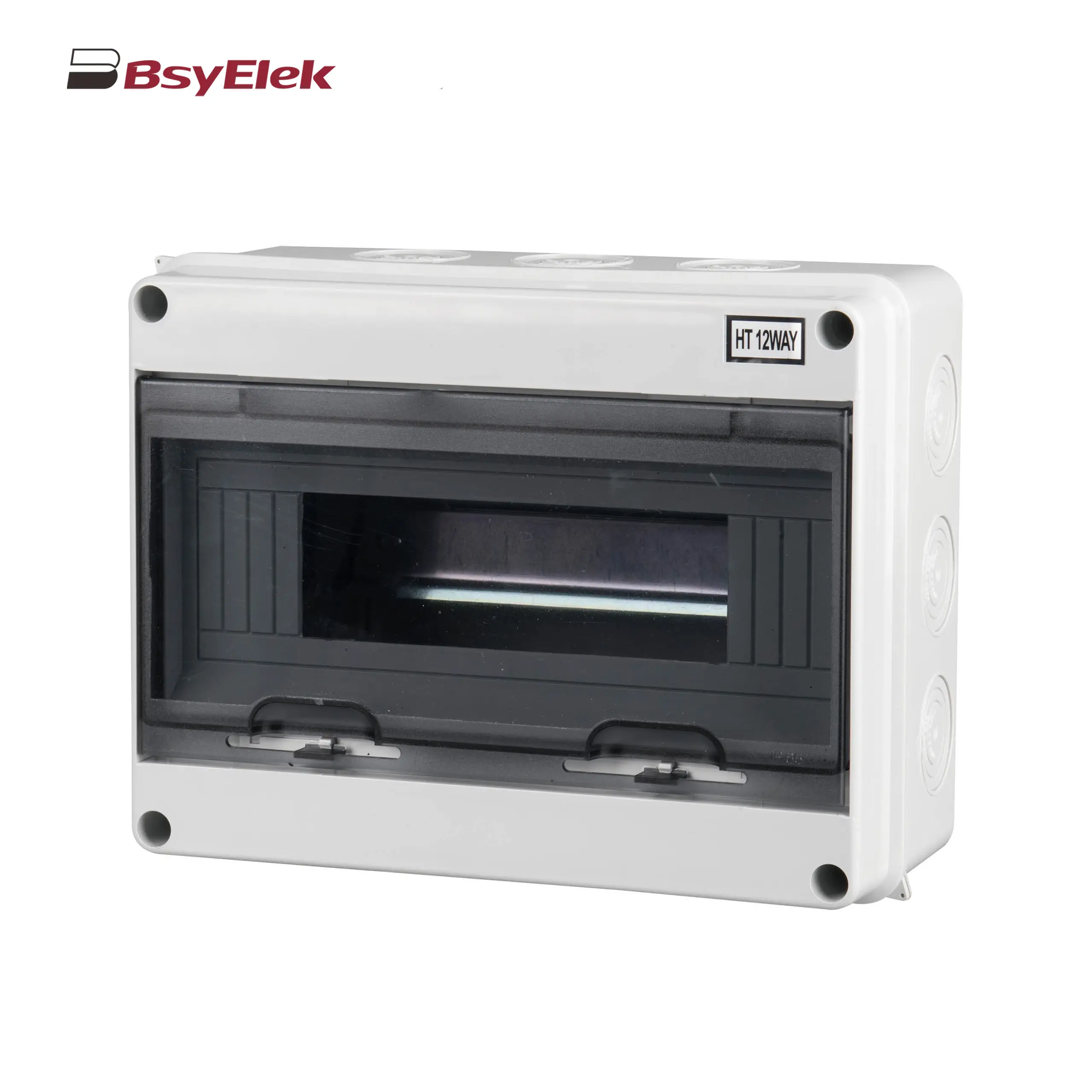 HT Waterproof Distribution Box
HT Waterproof Distribution Box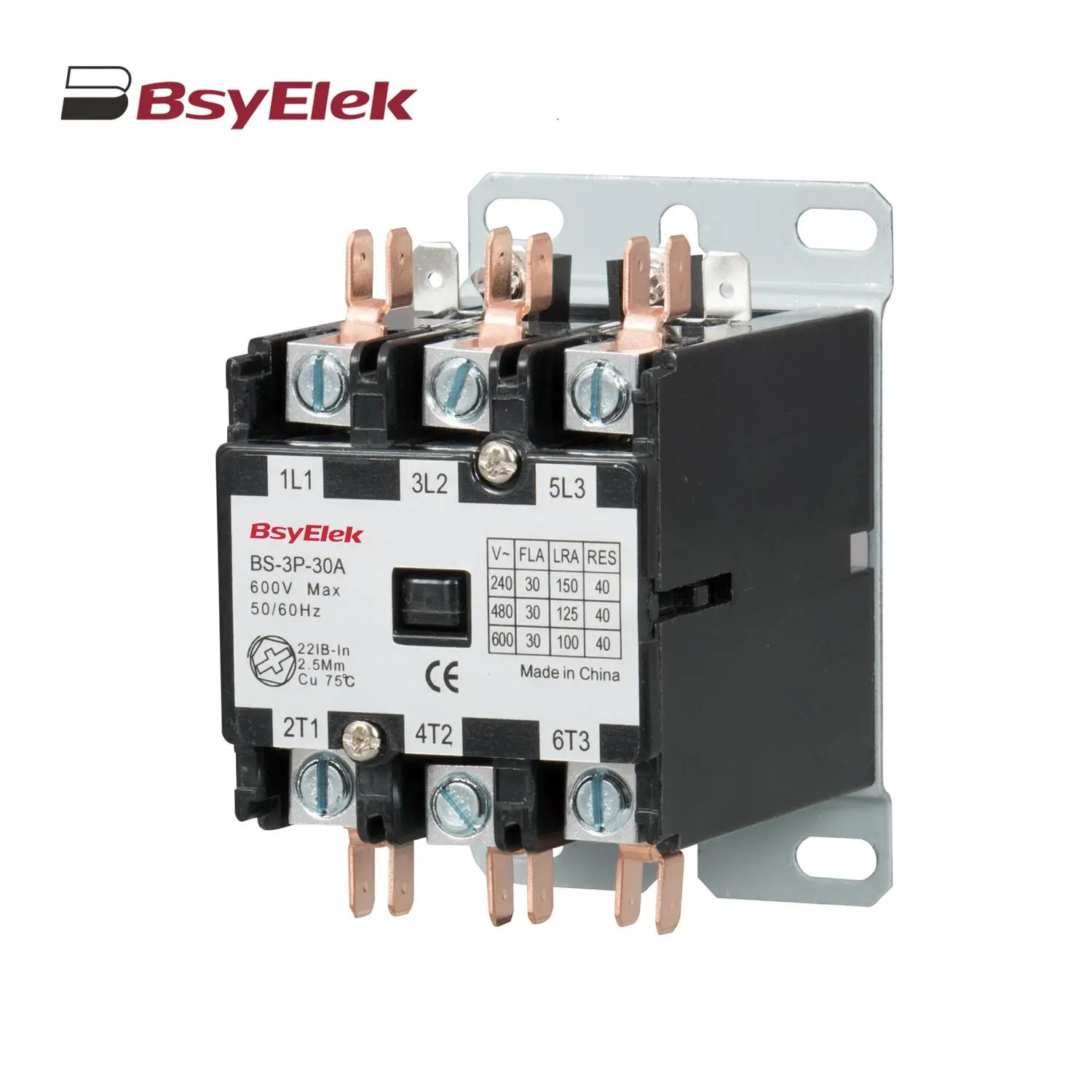 BS Definite Purpose Magnetic AC Contactor
BS Definite Purpose Magnetic AC Contactor

